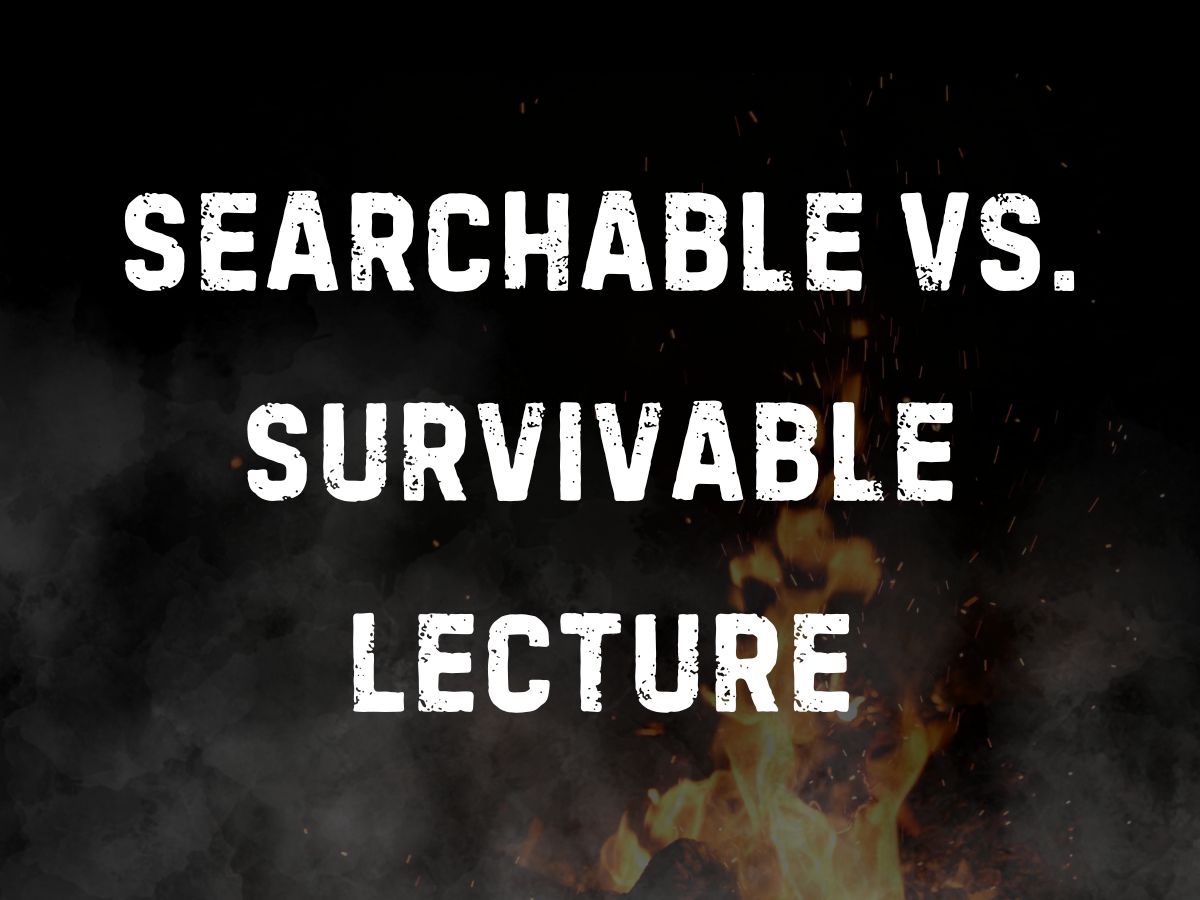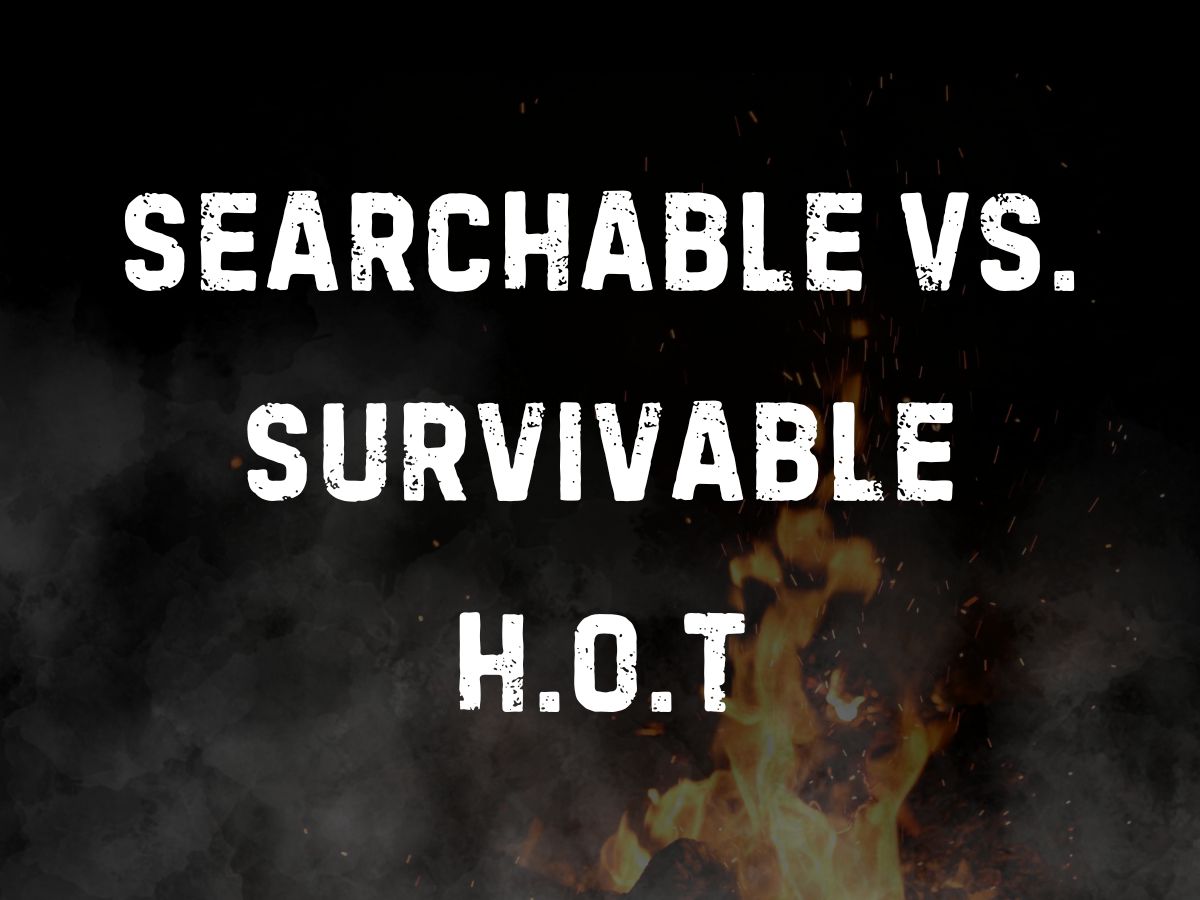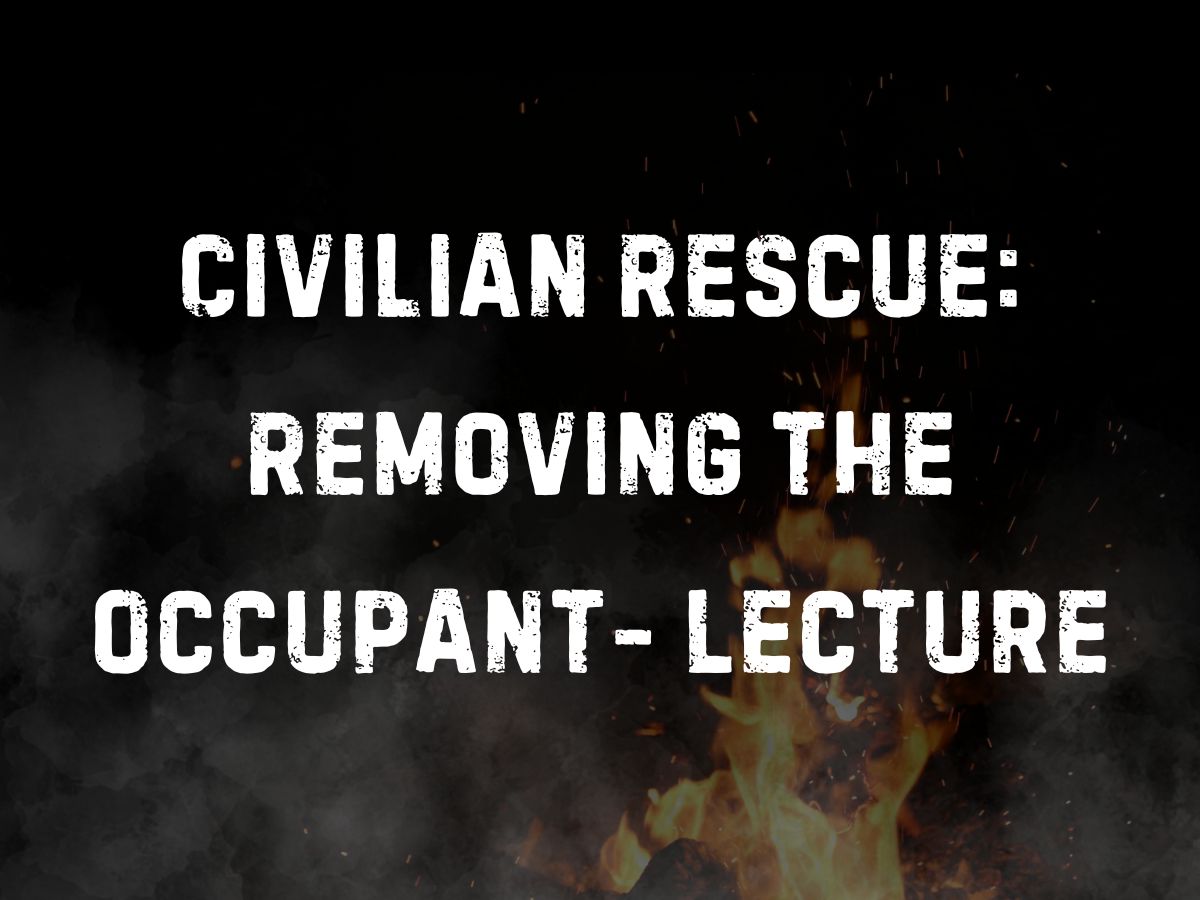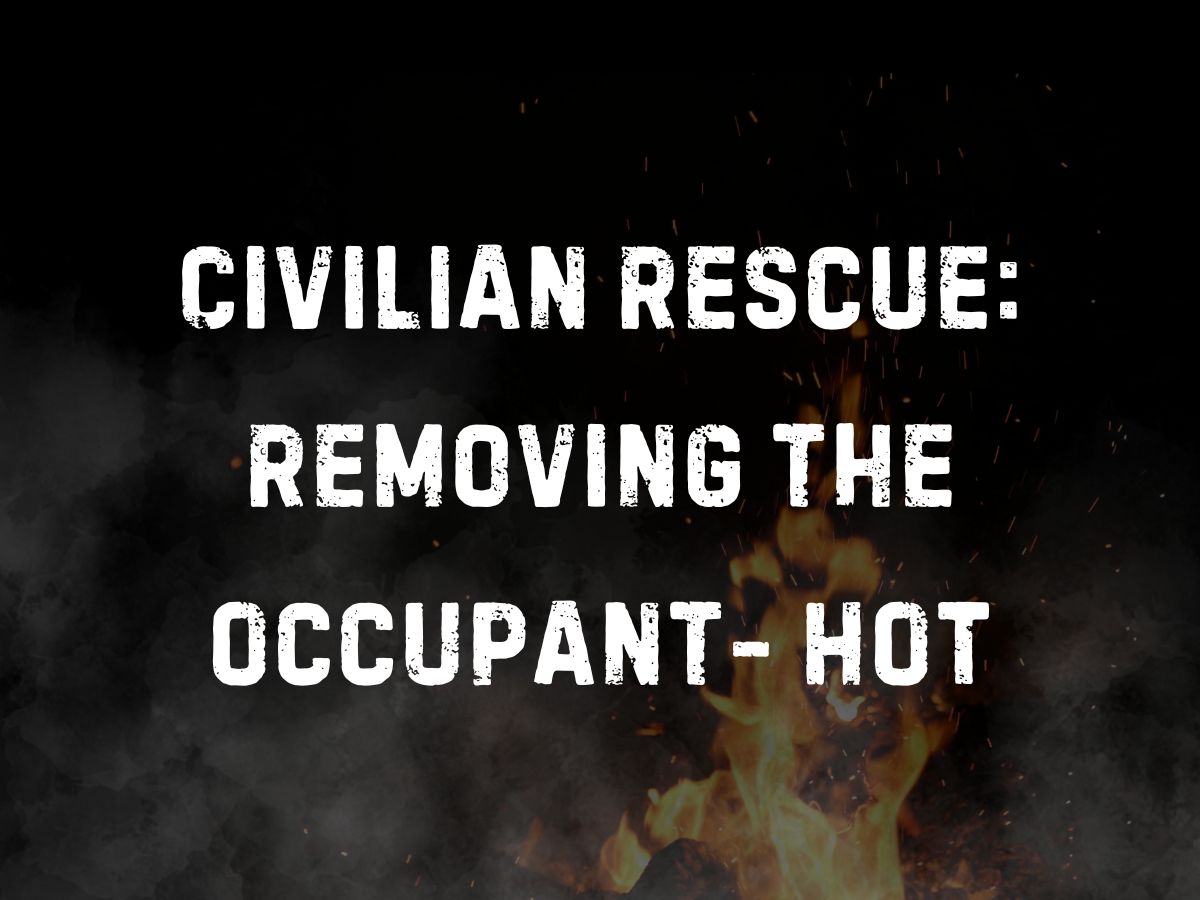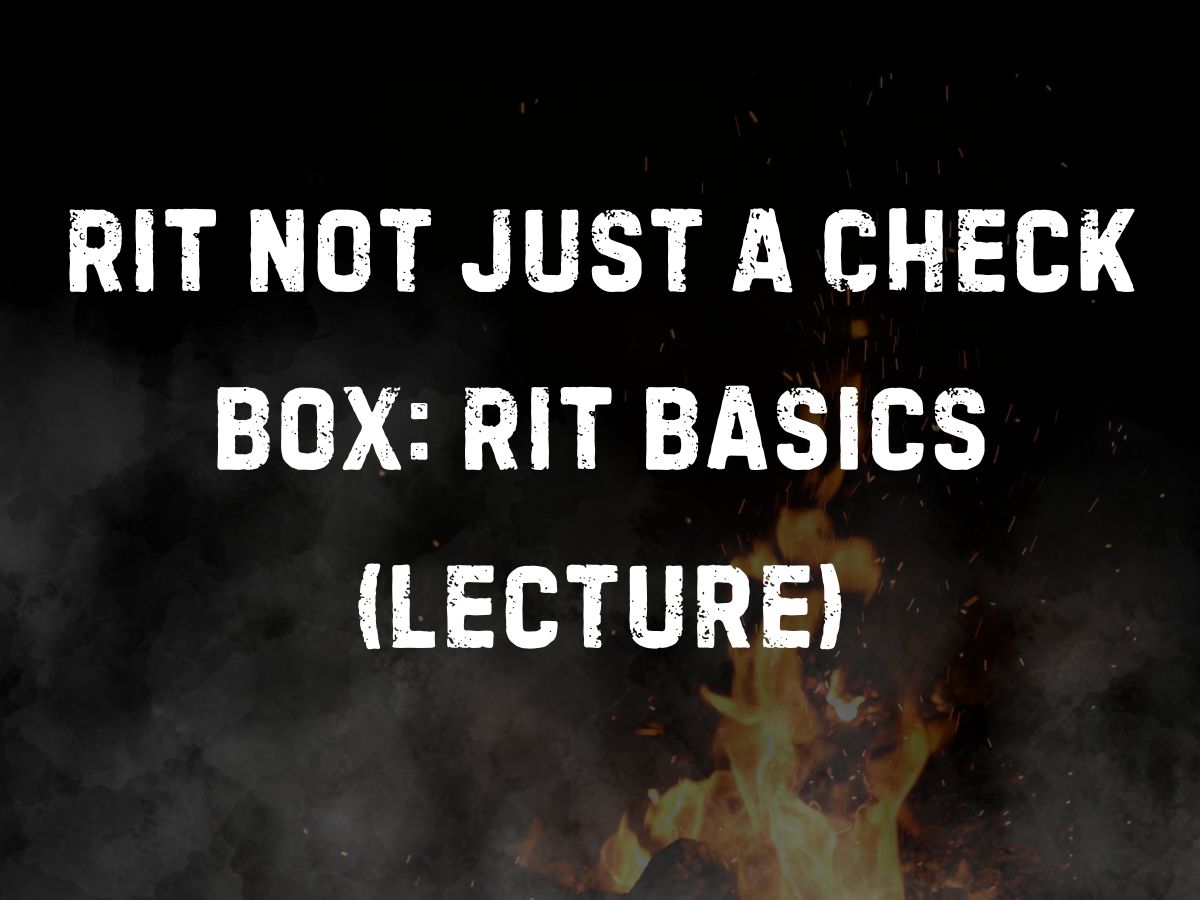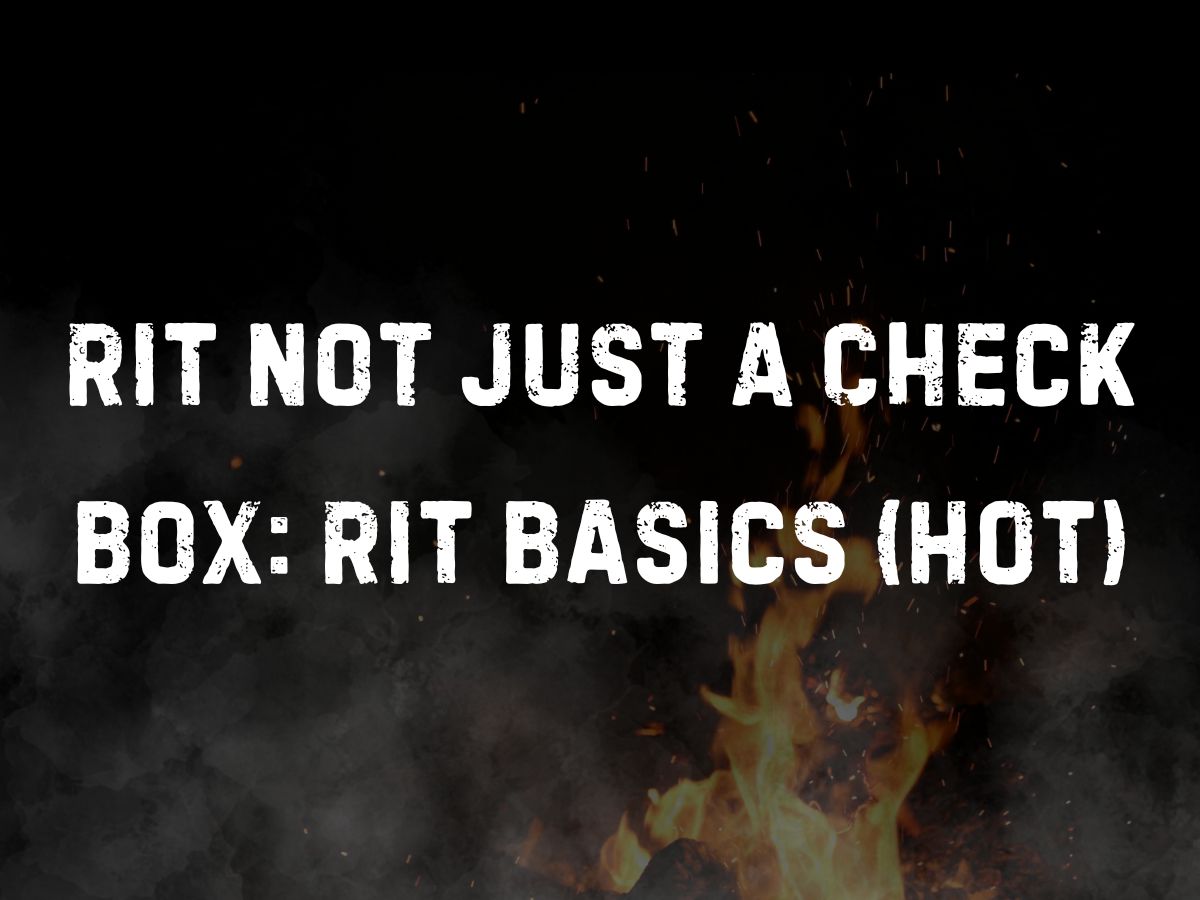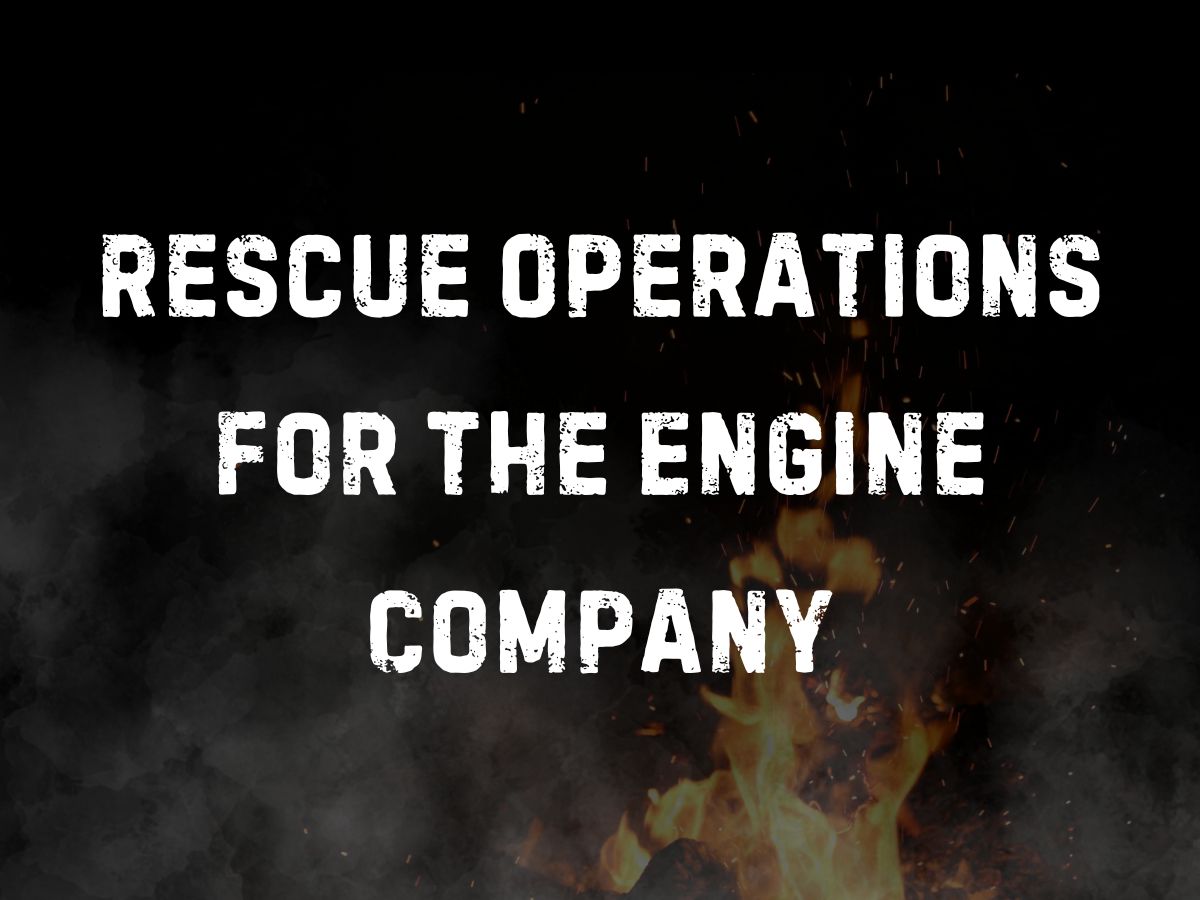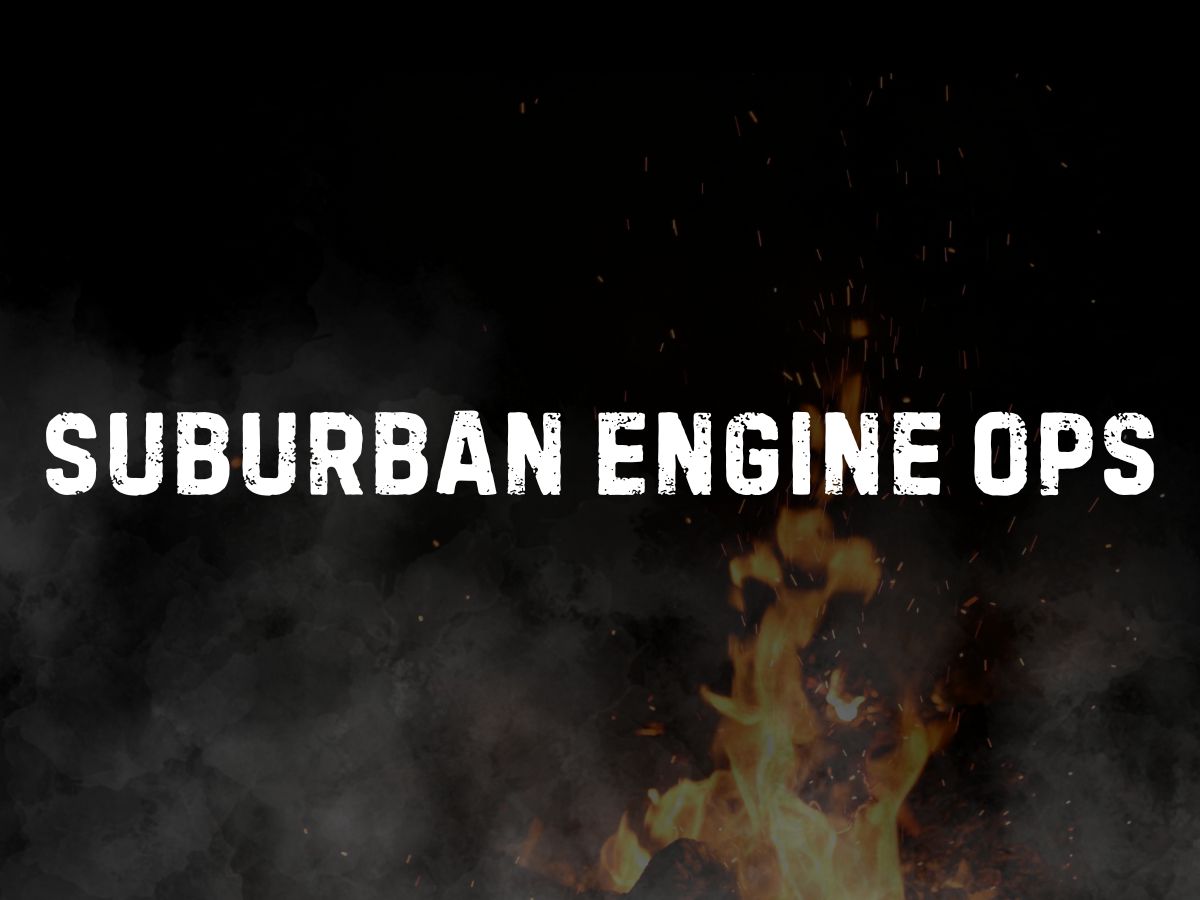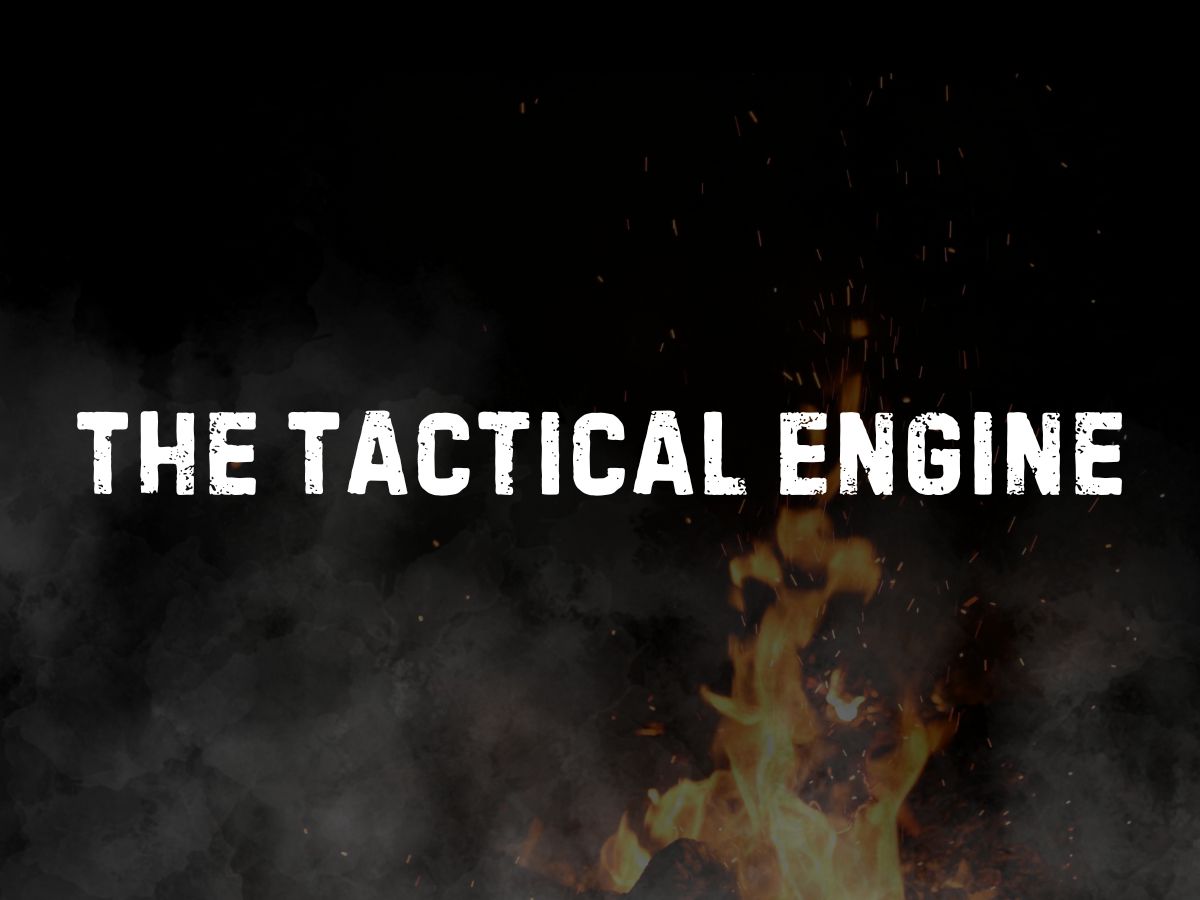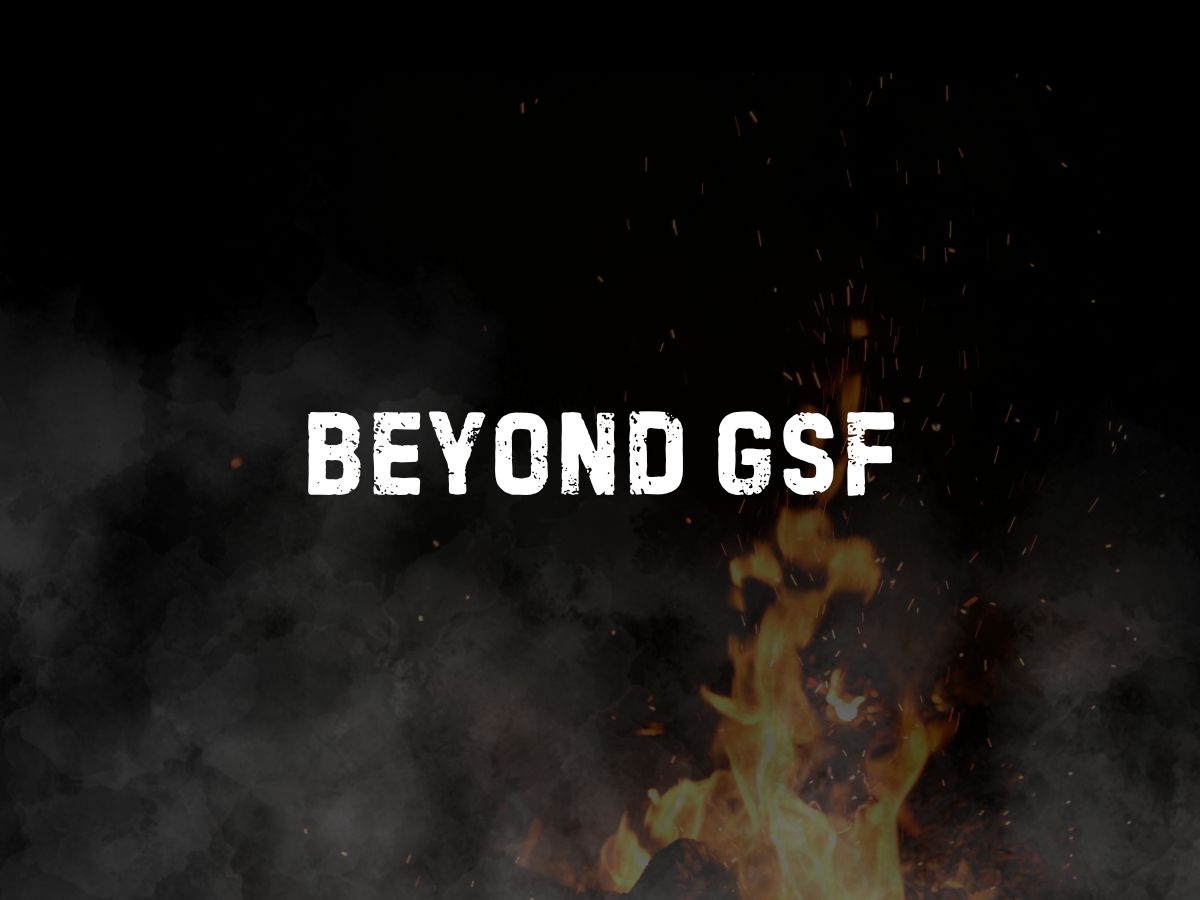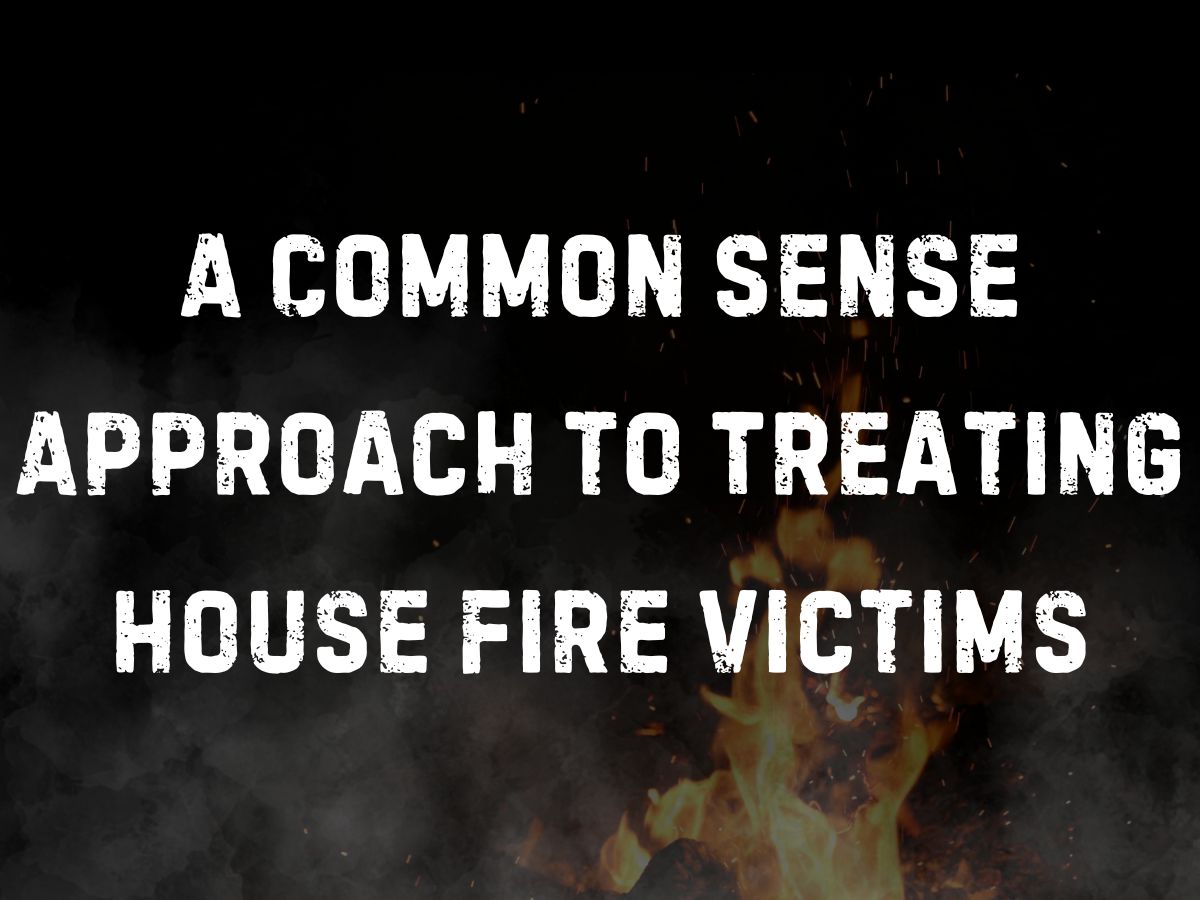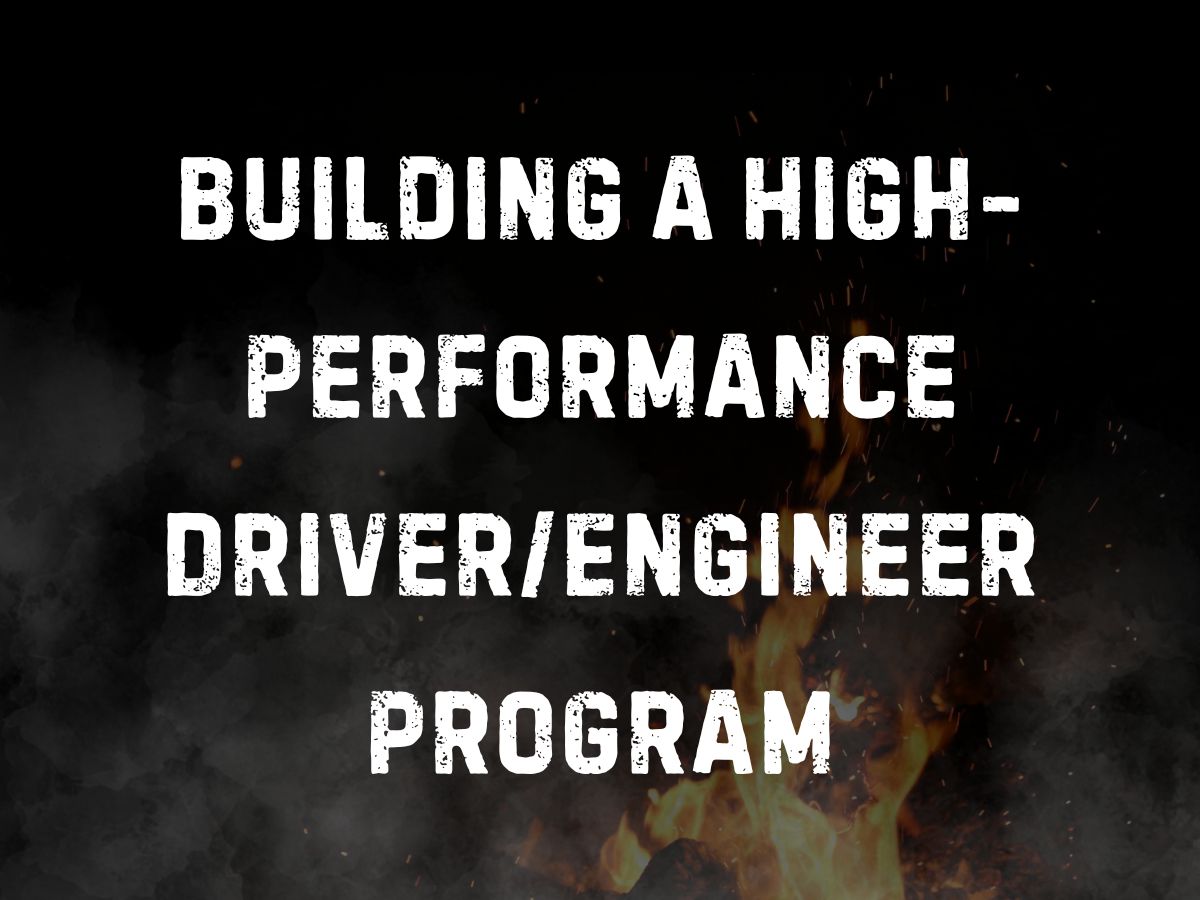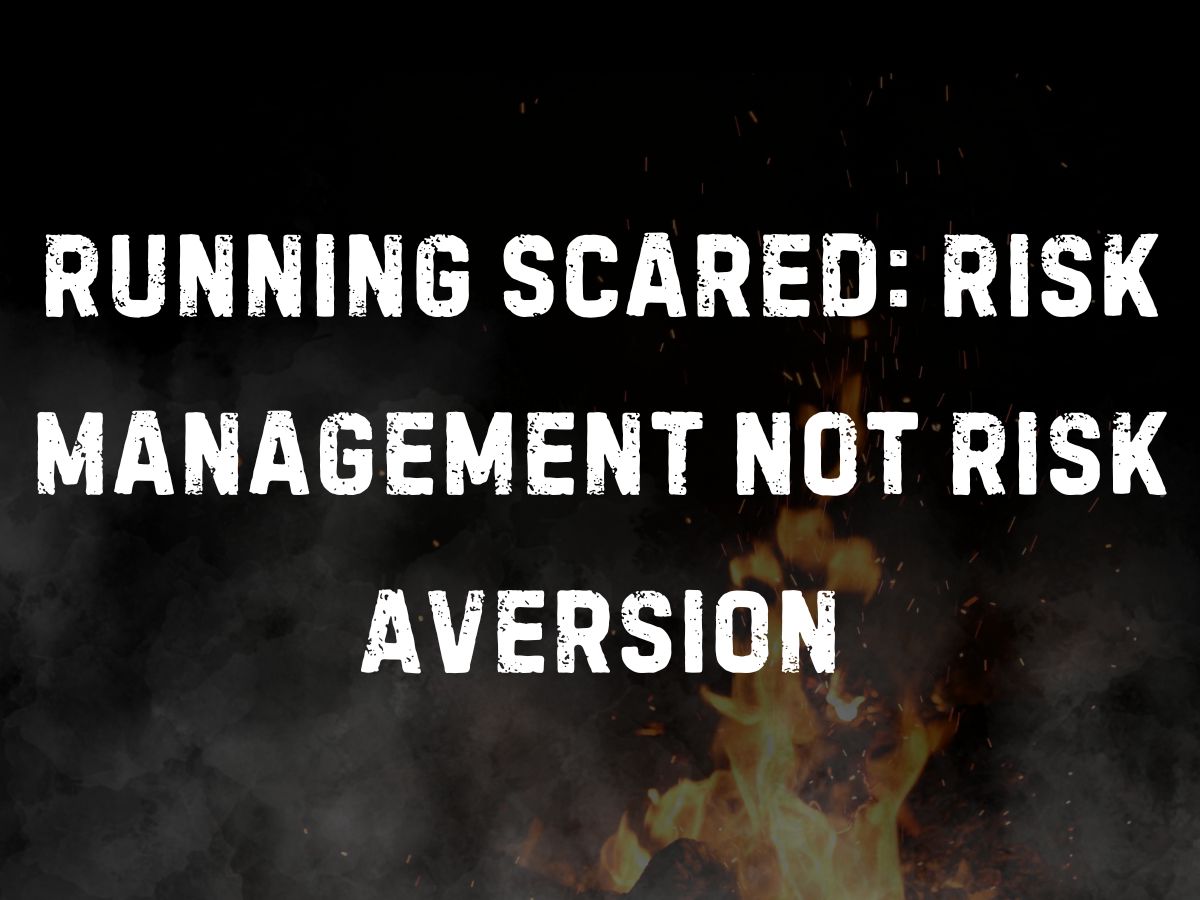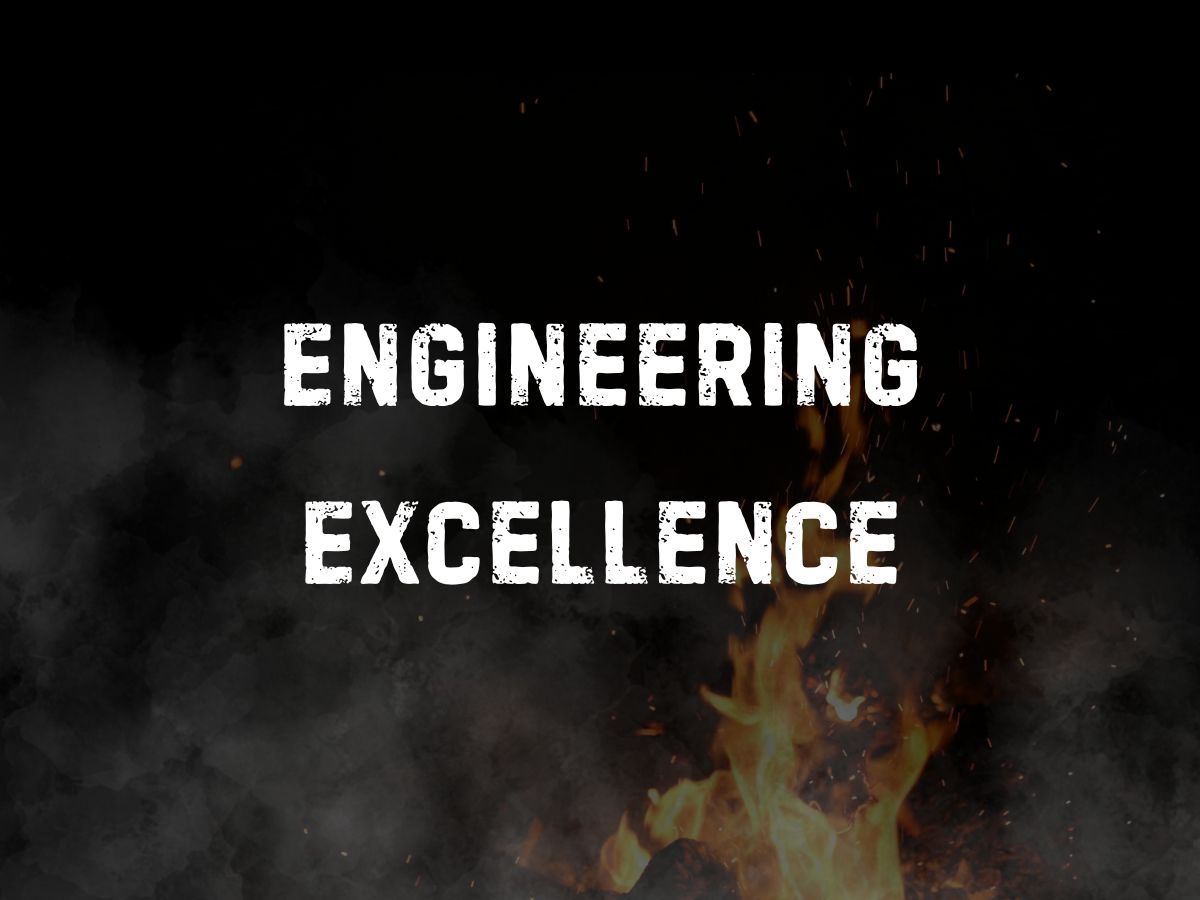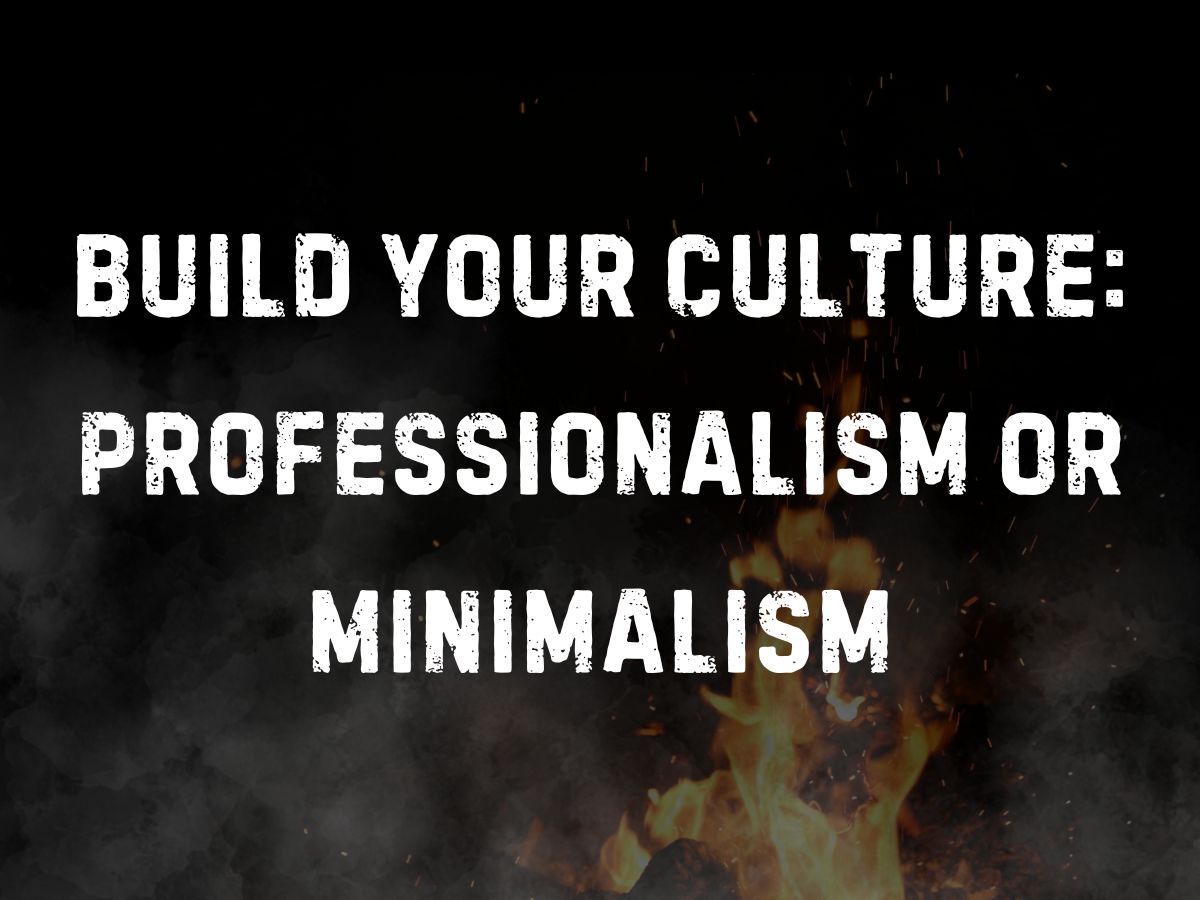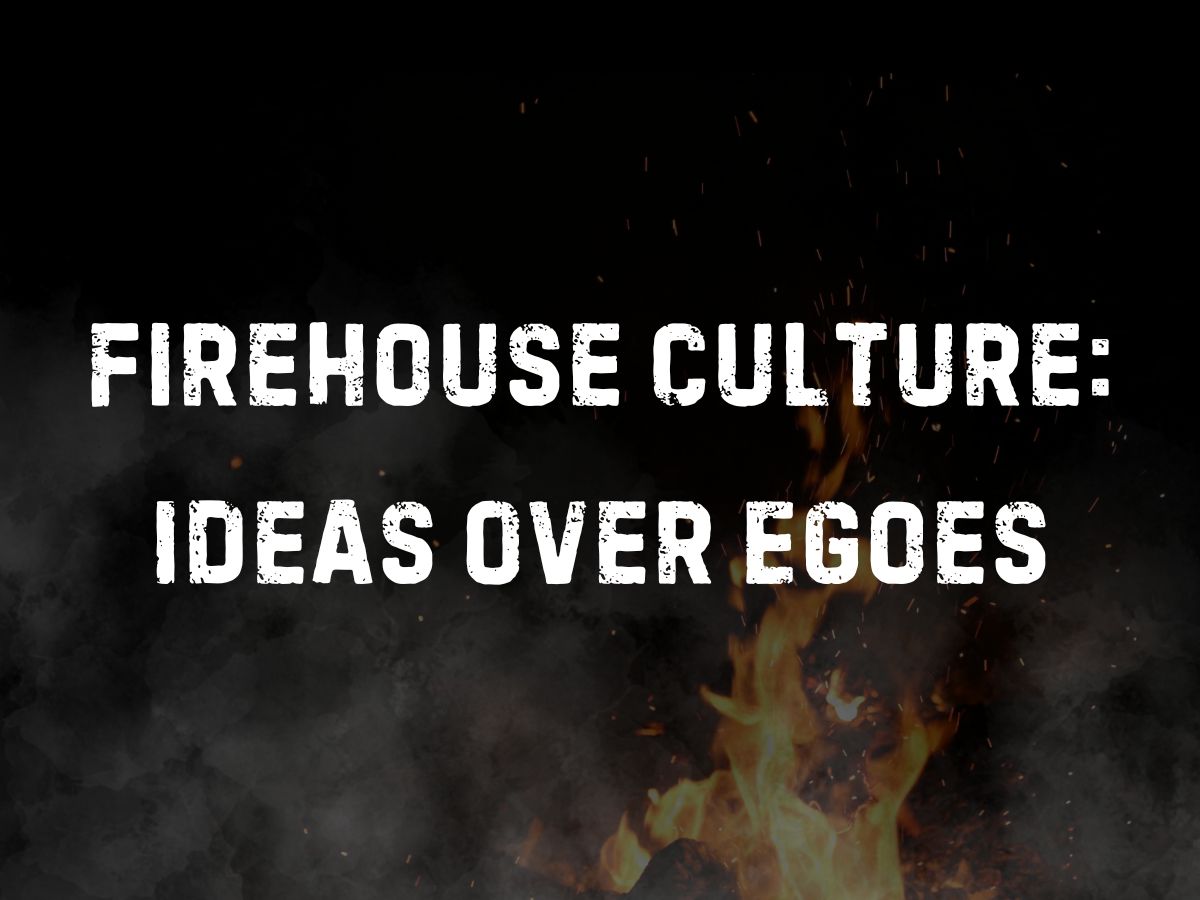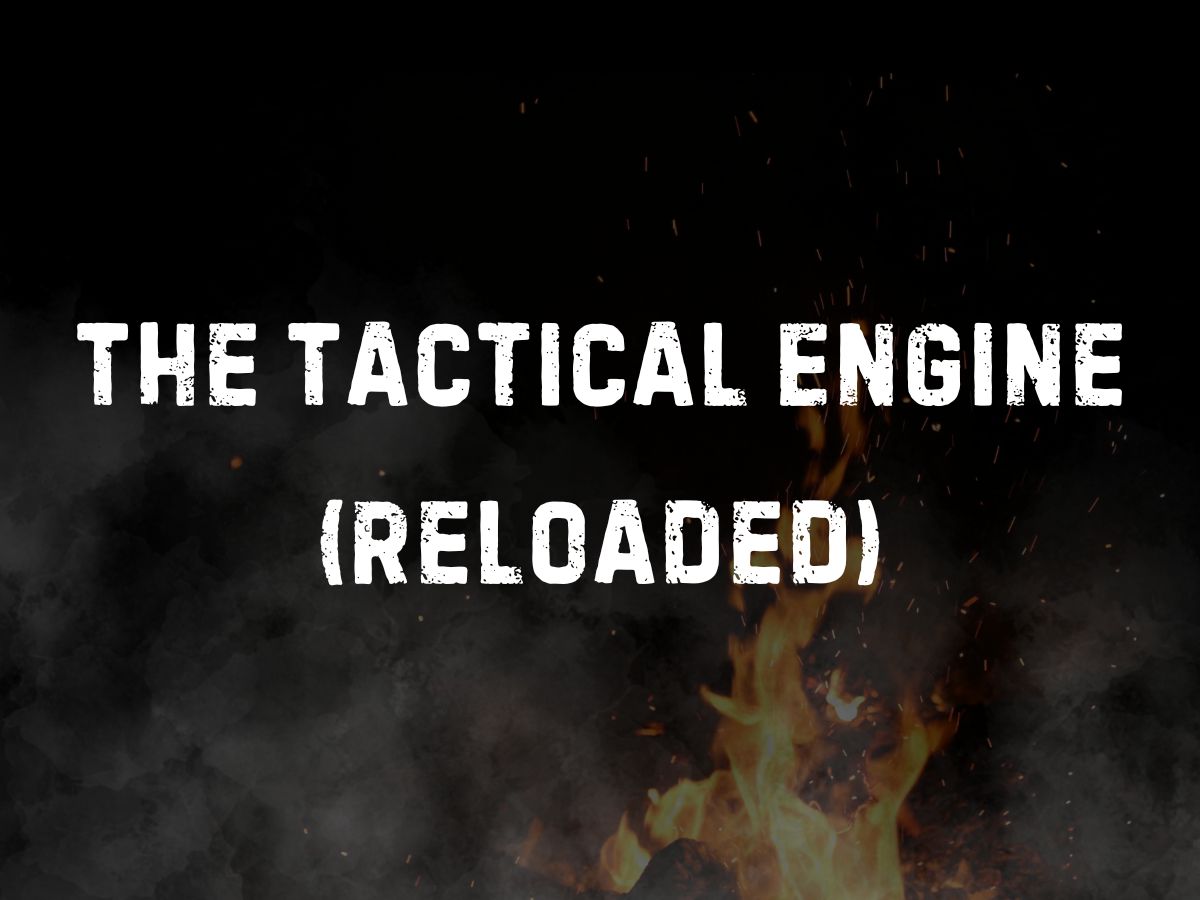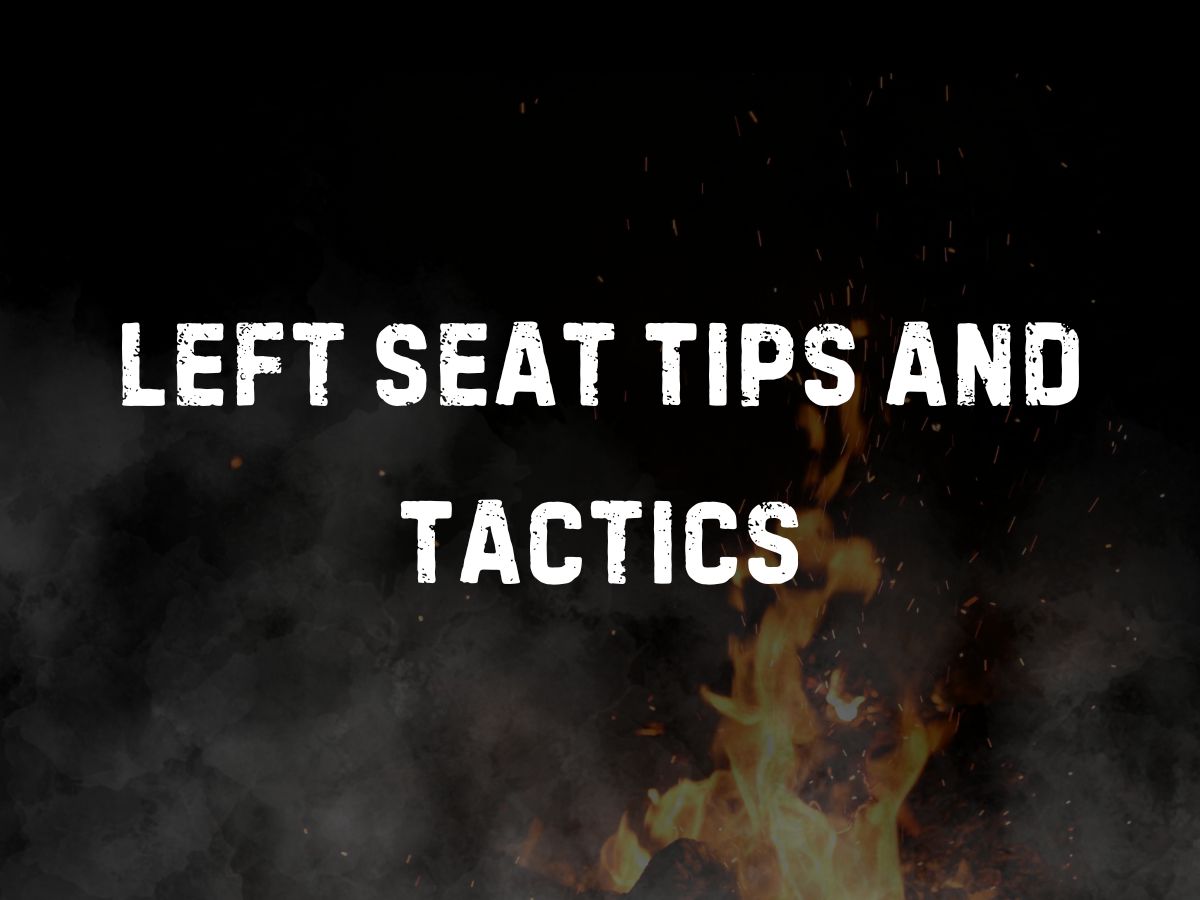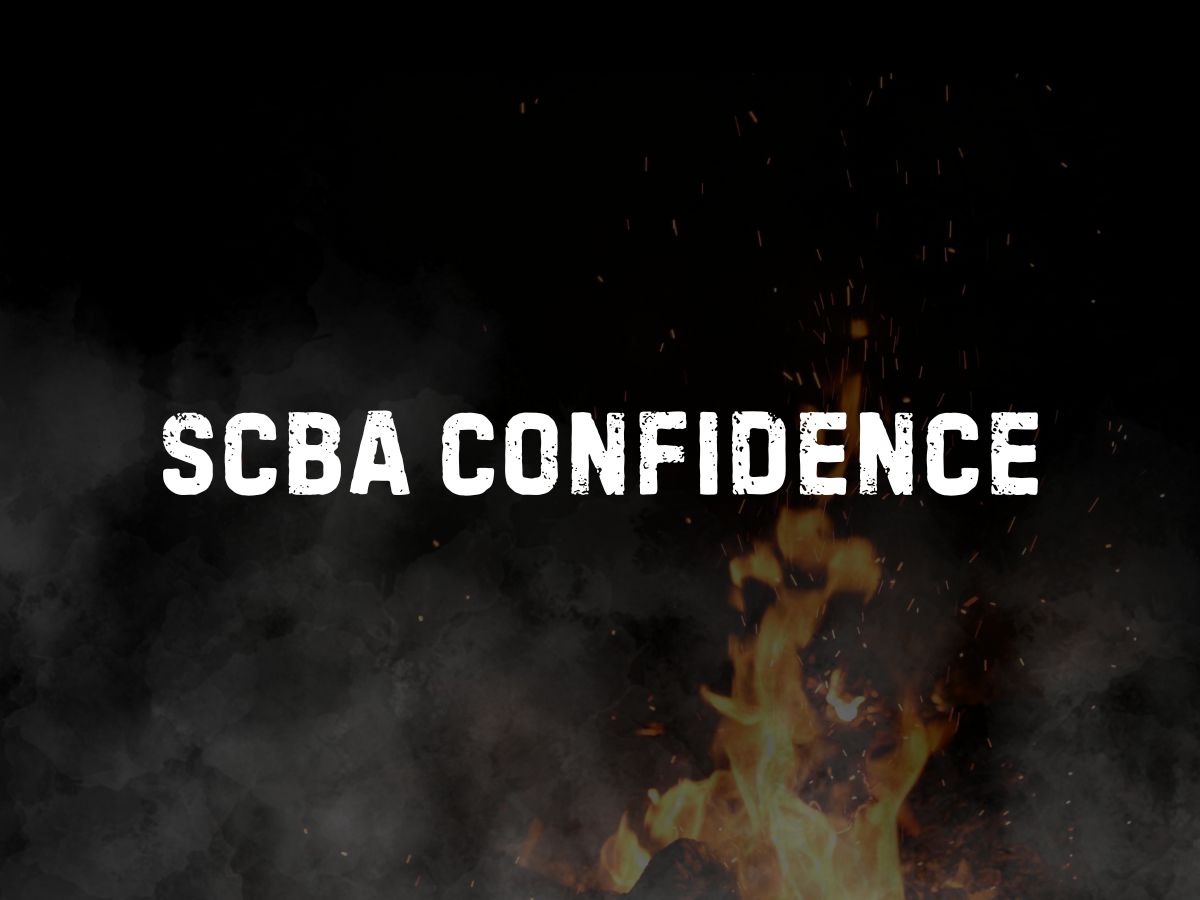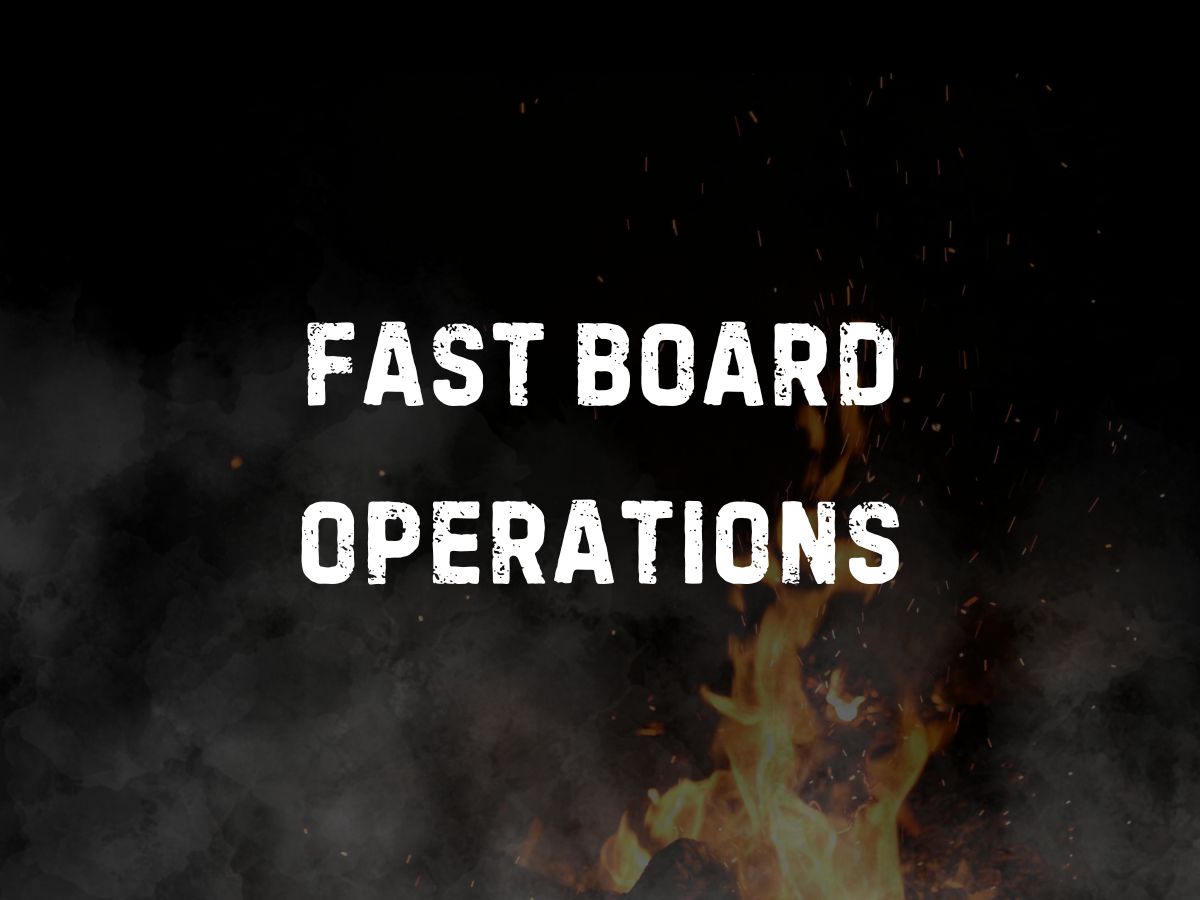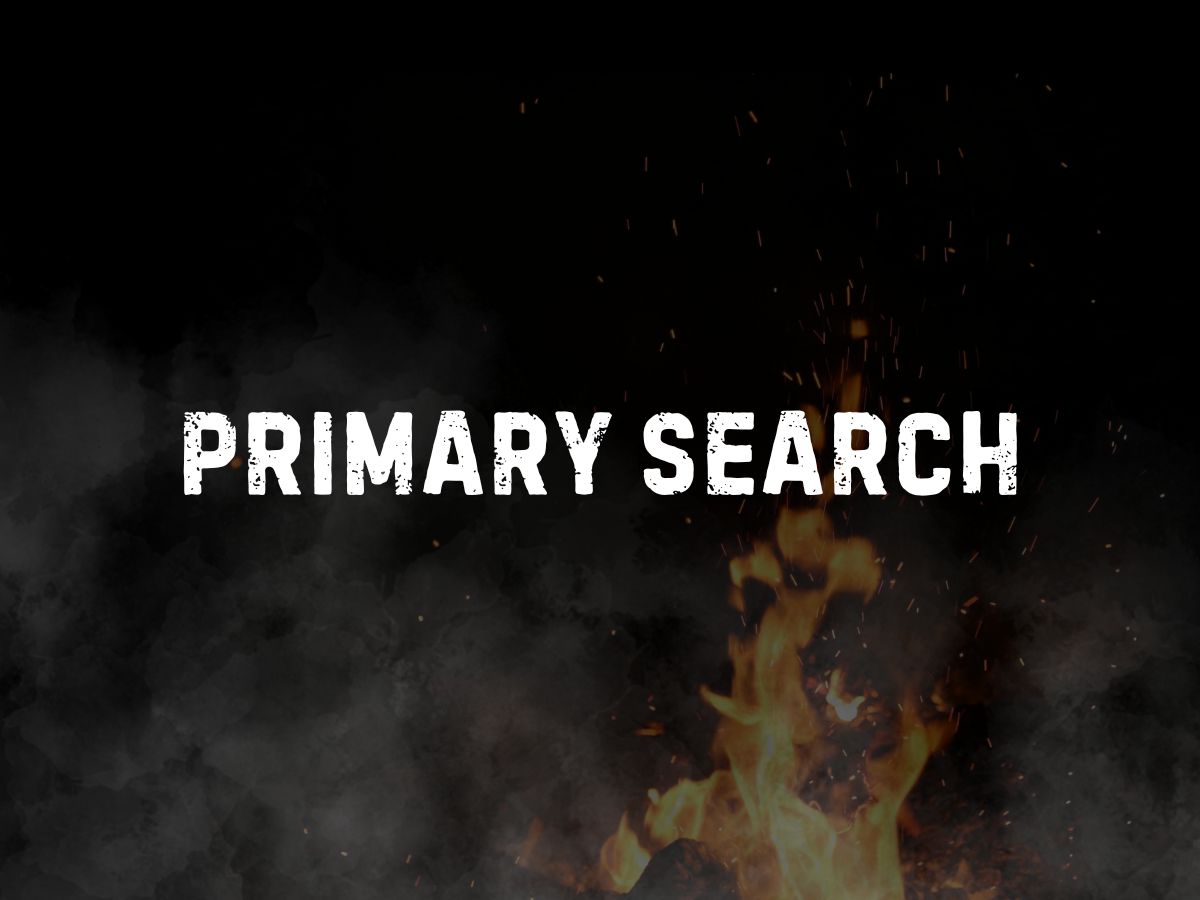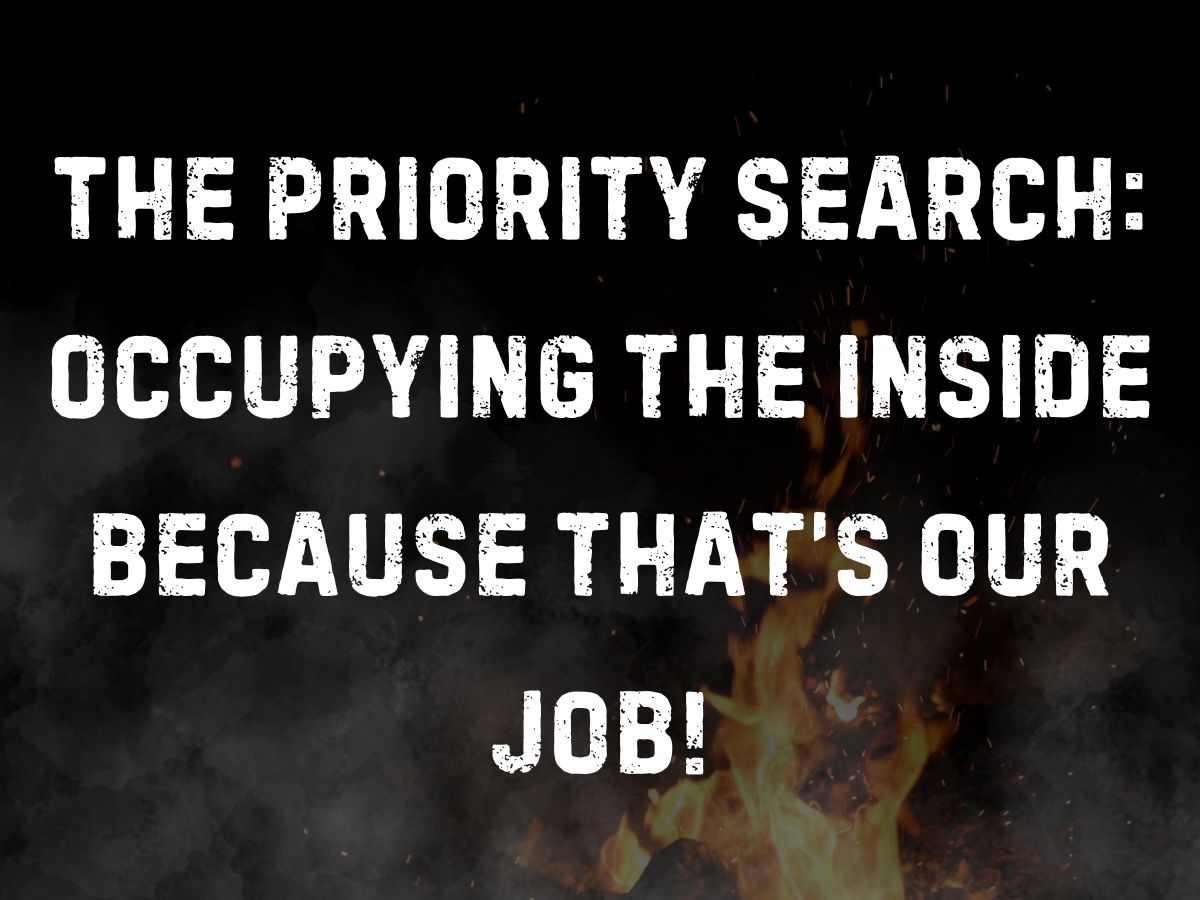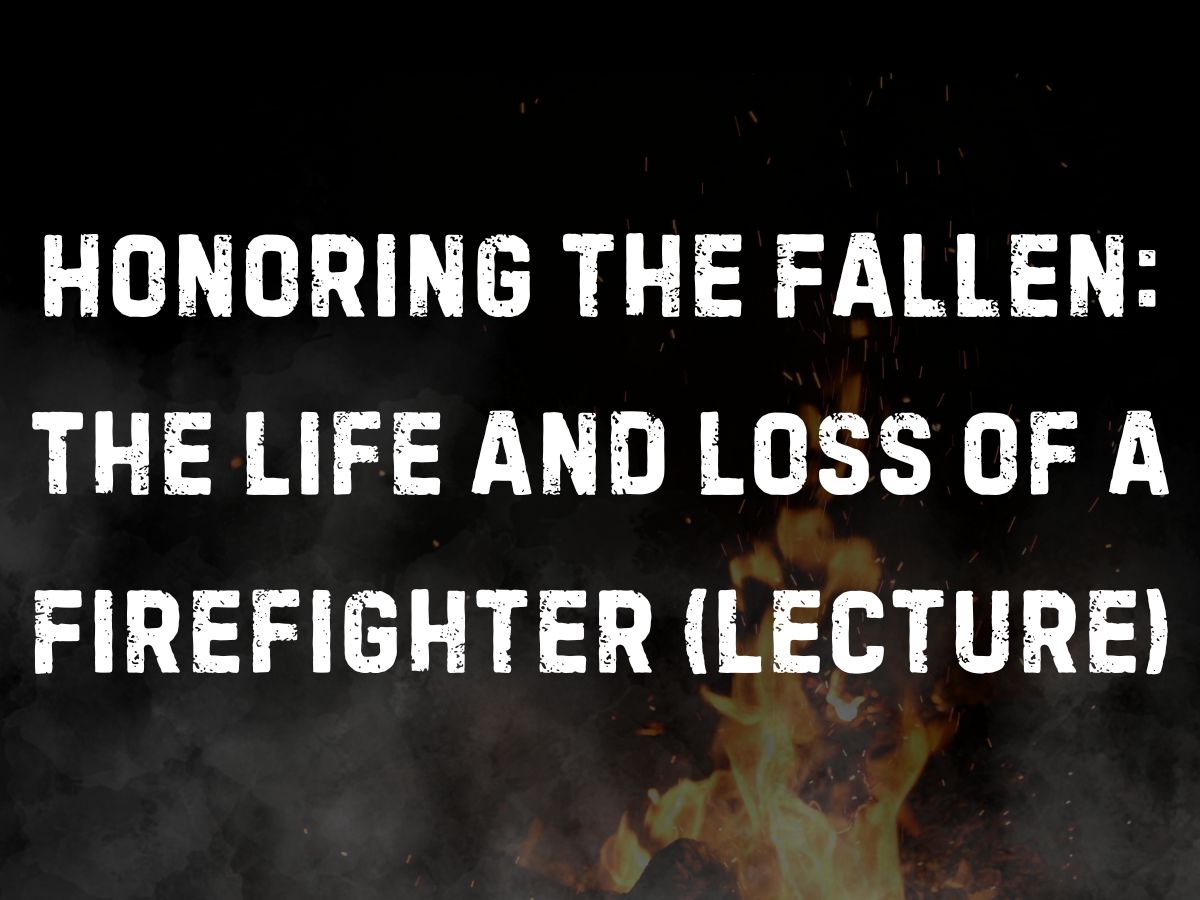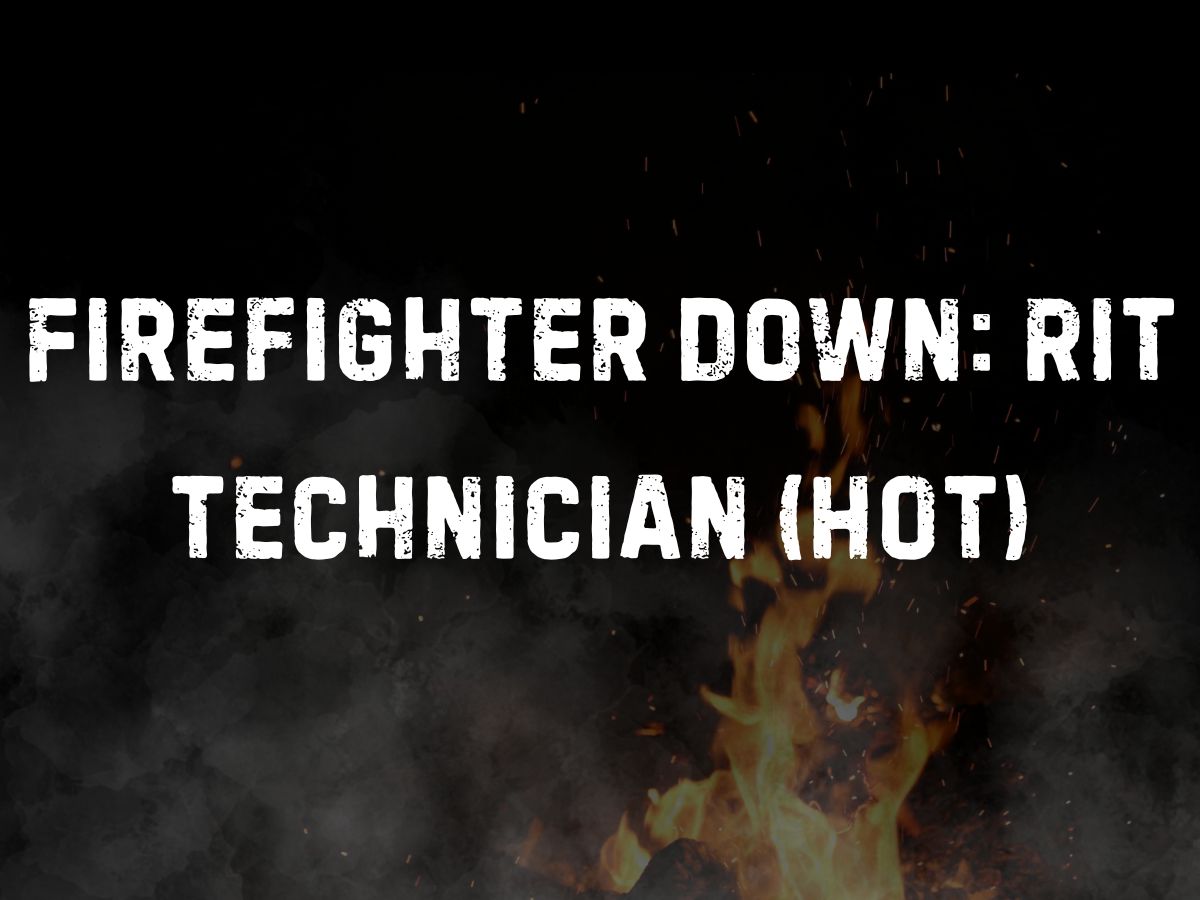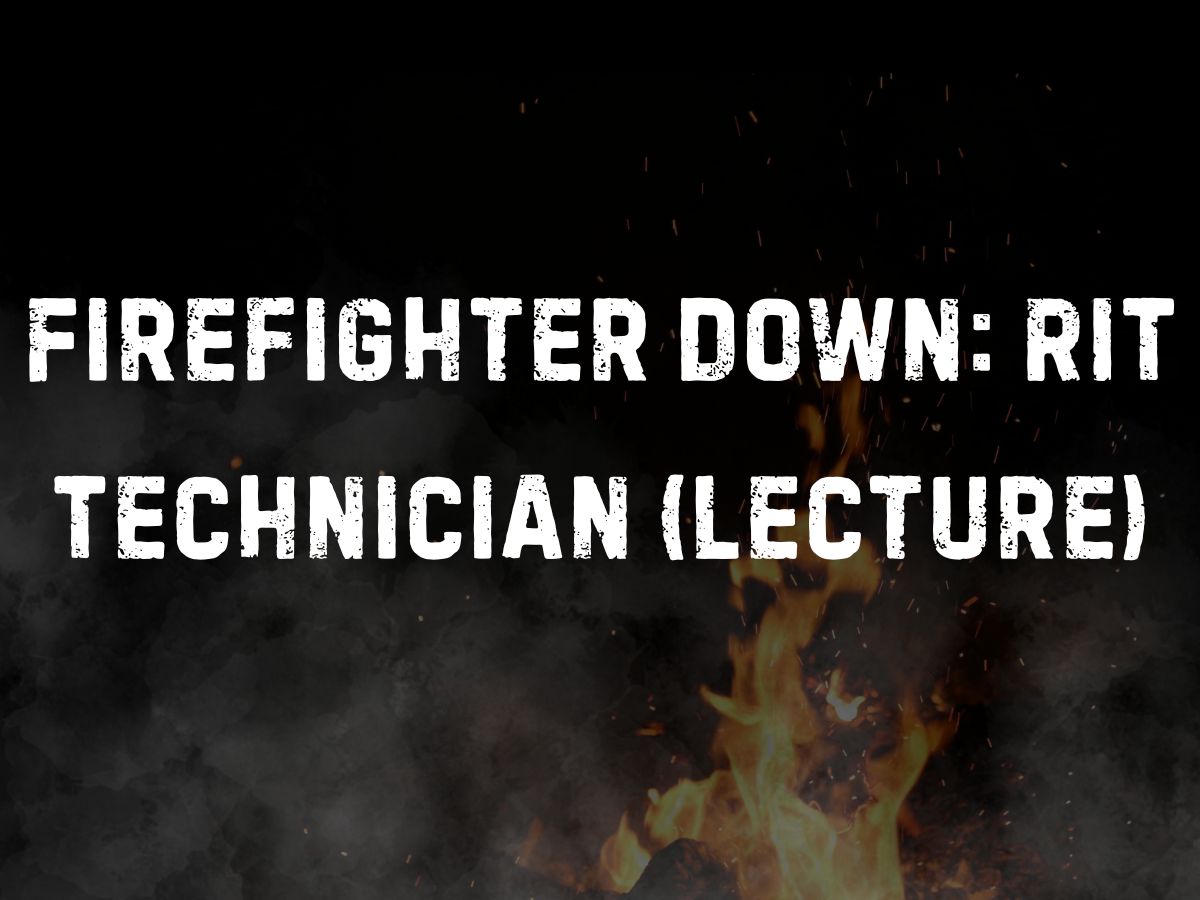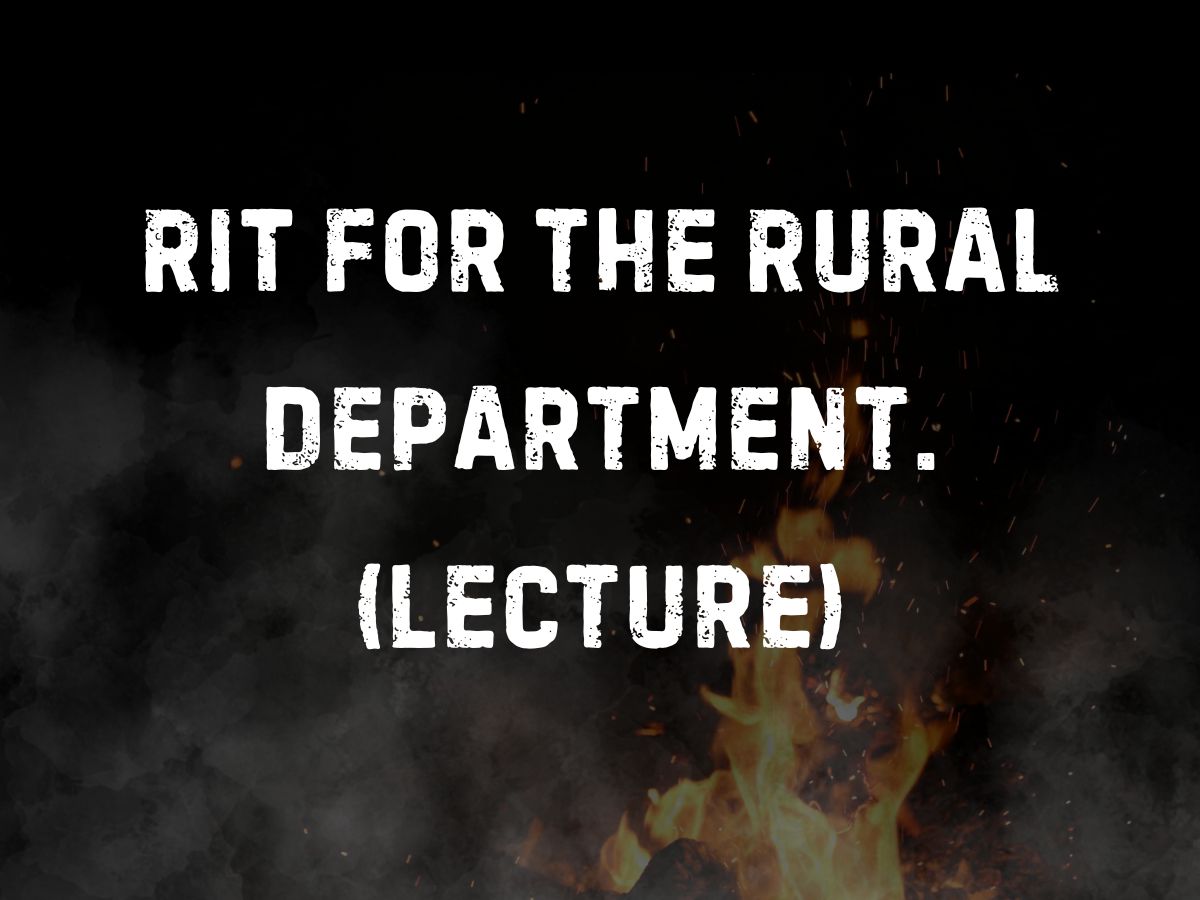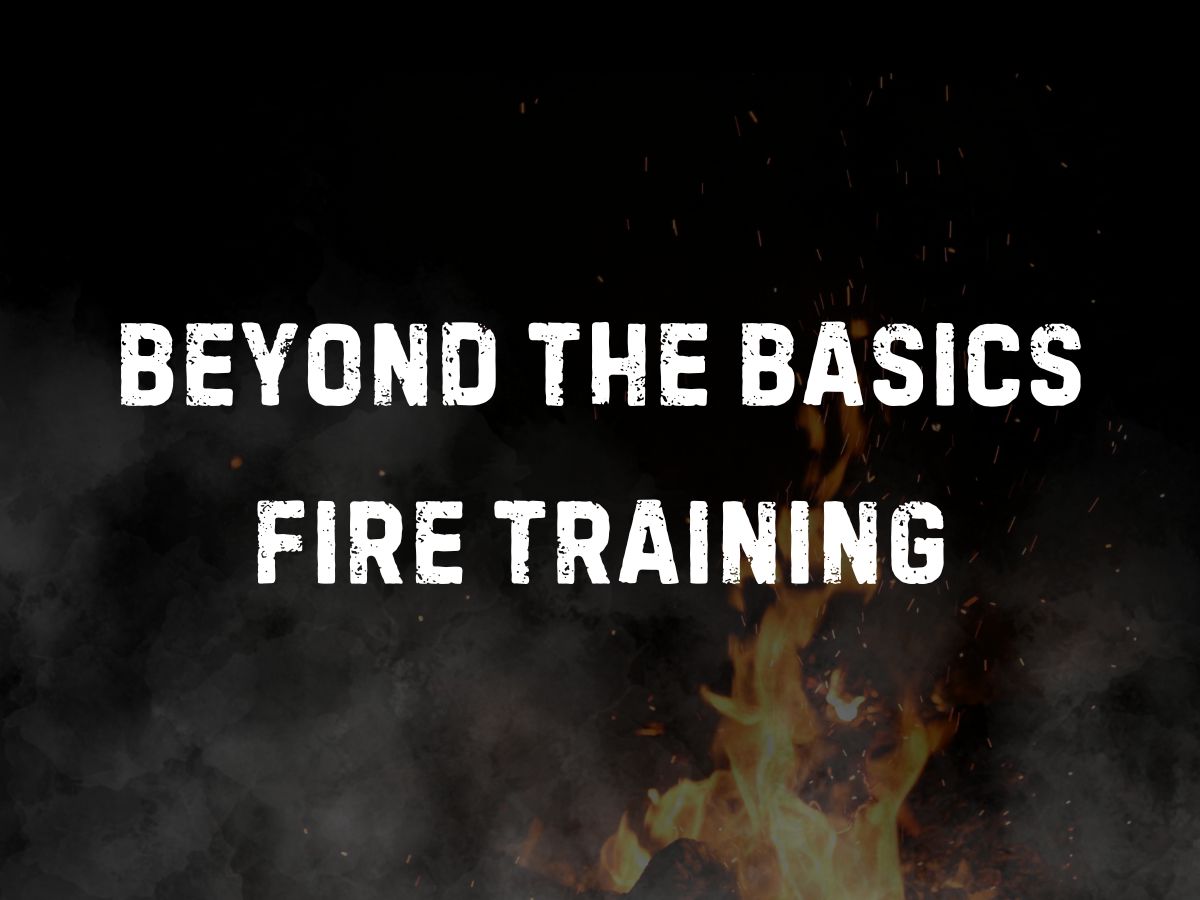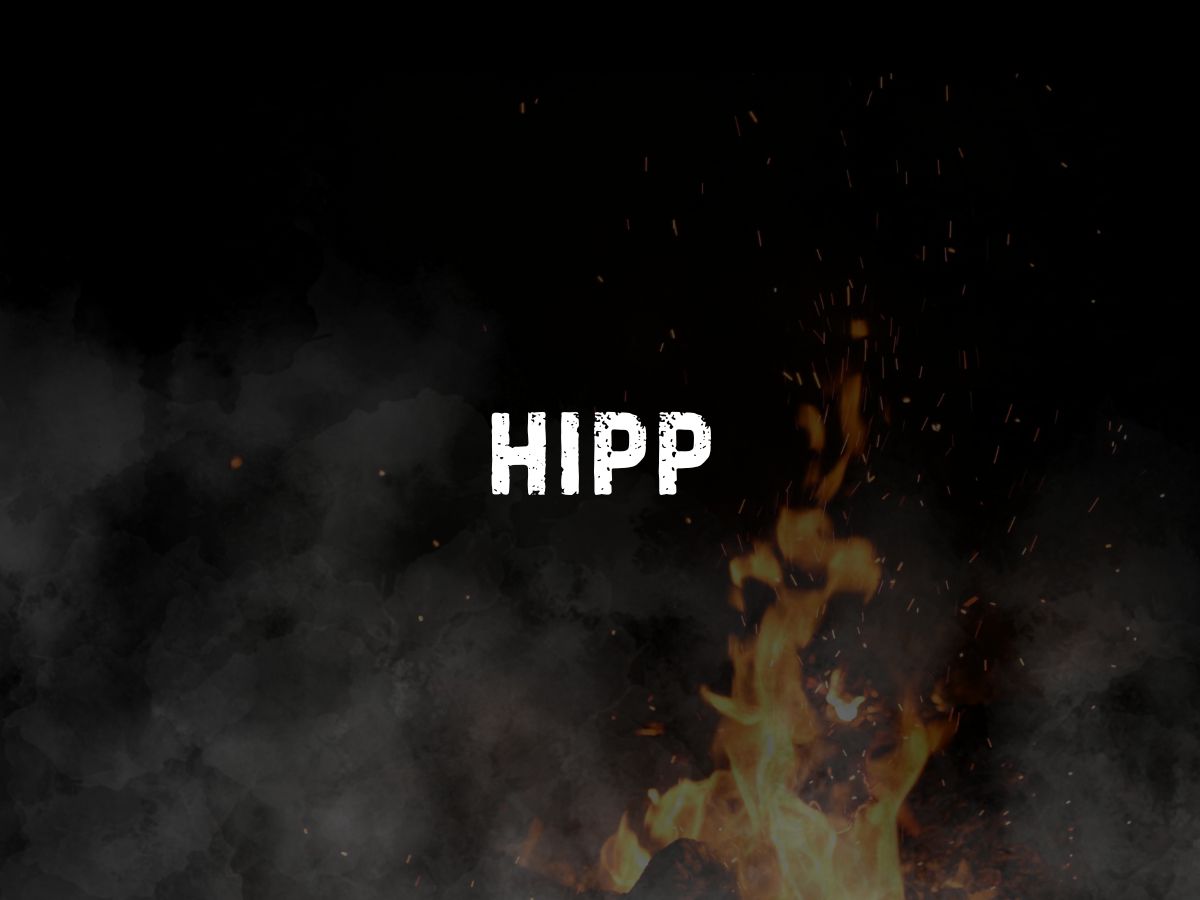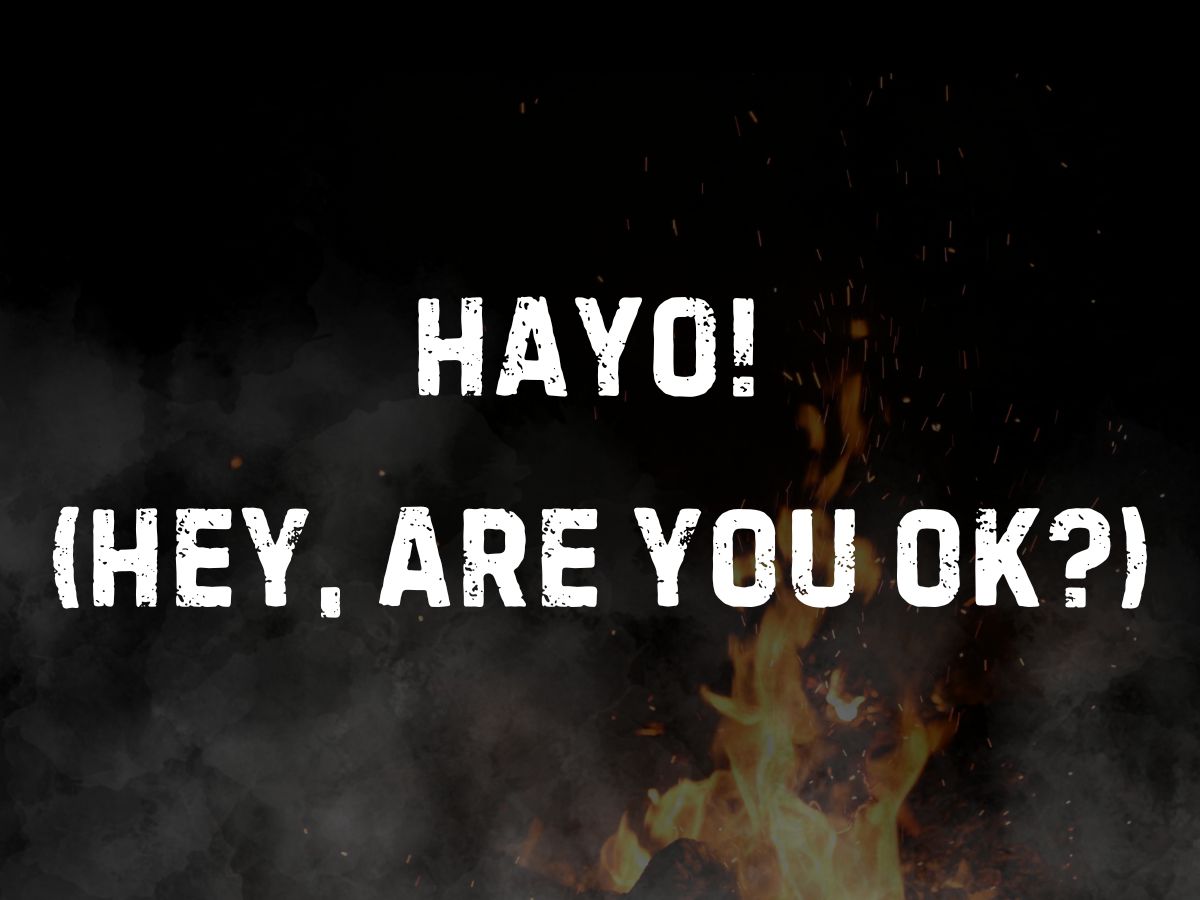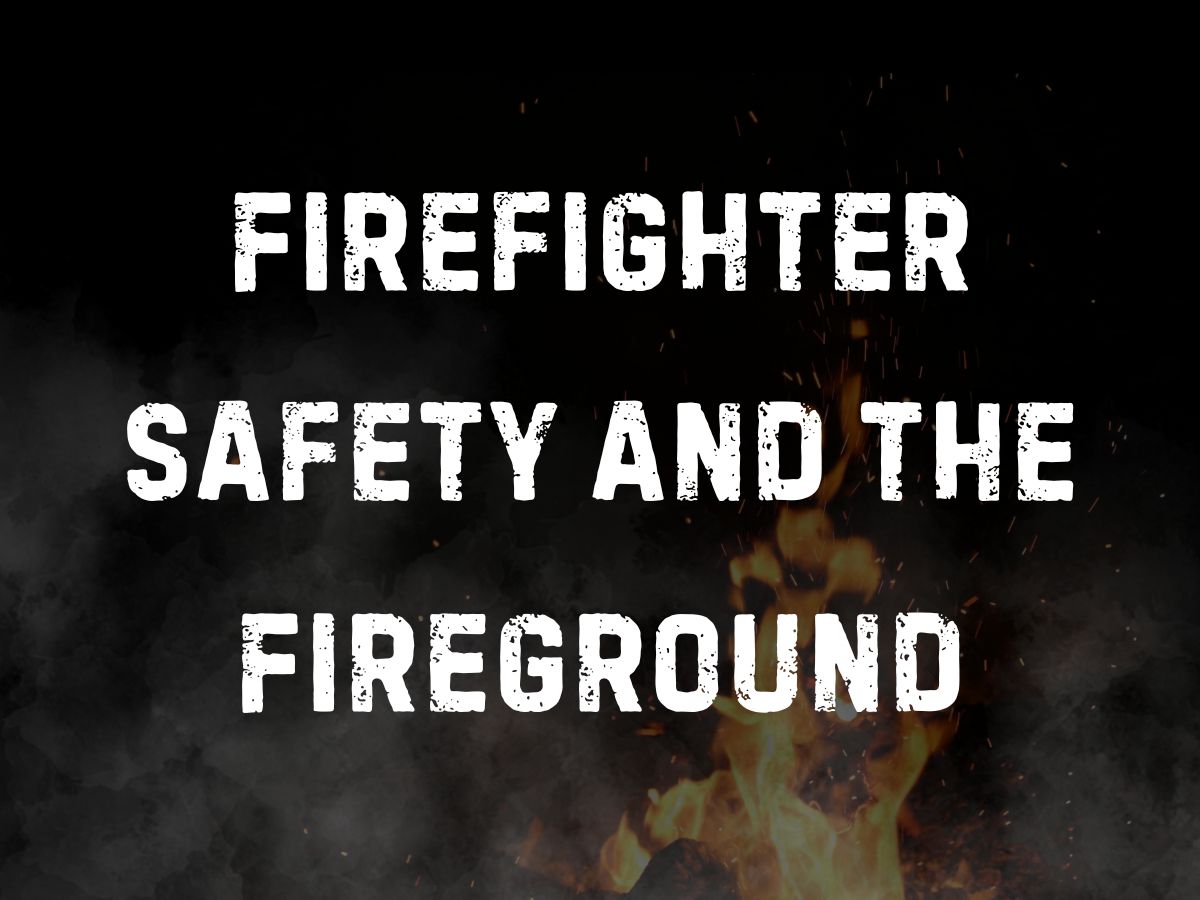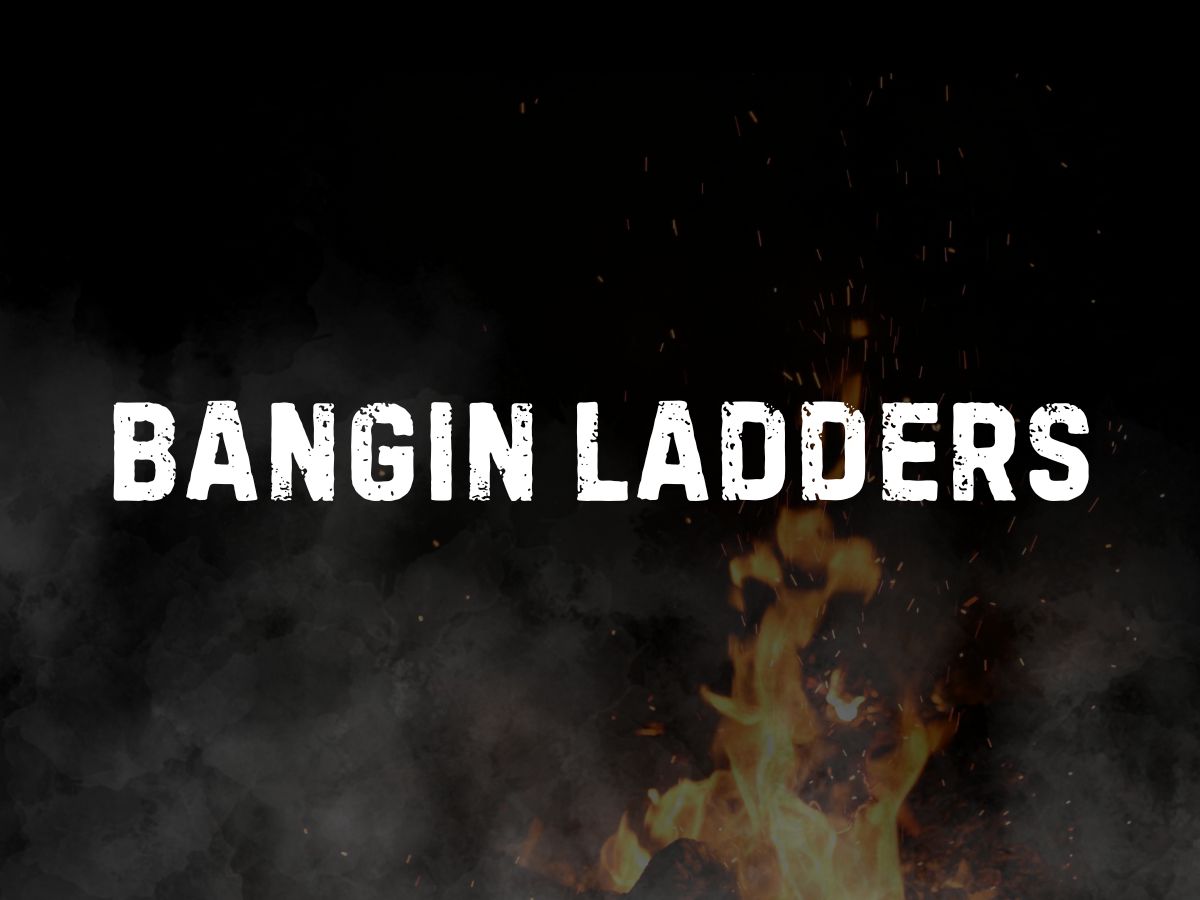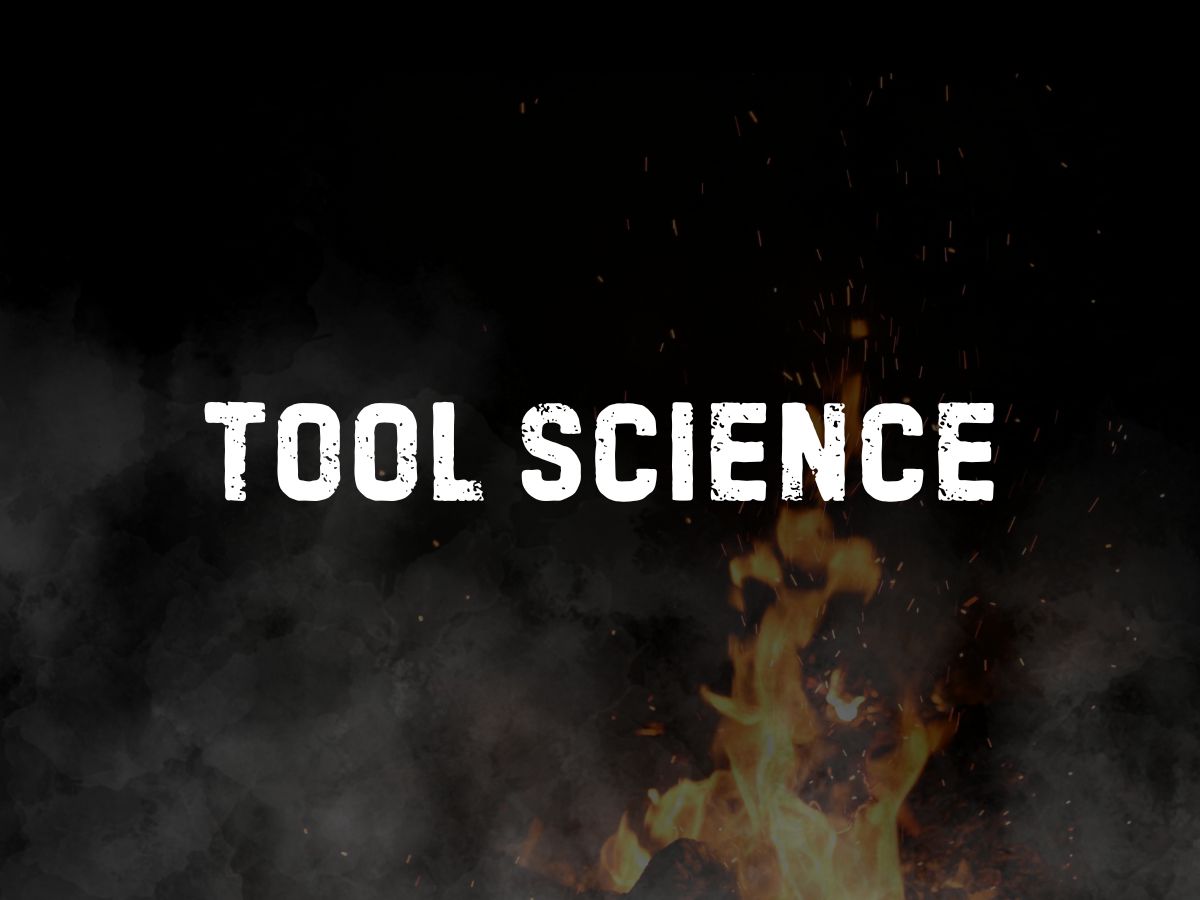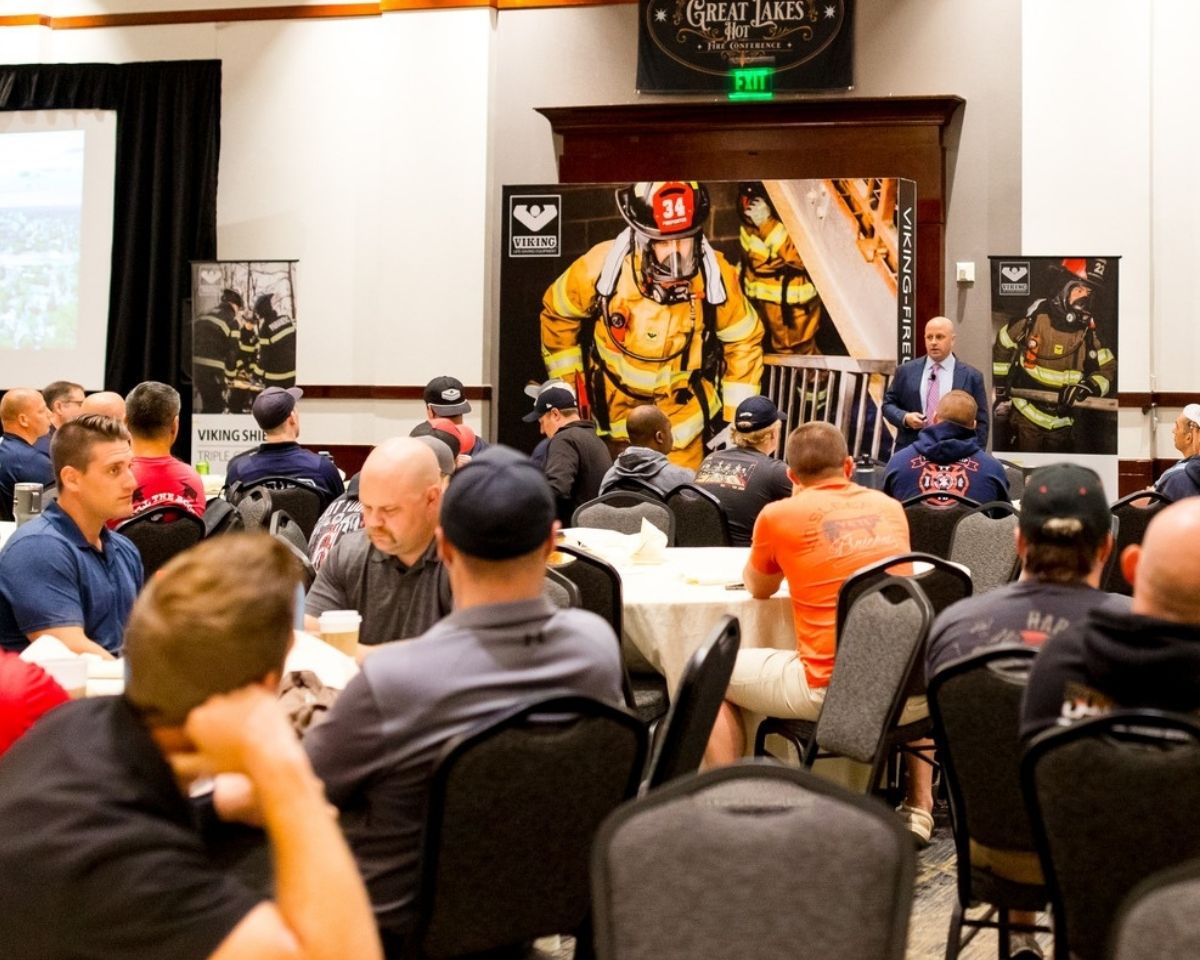COURSE OFFERINGS
LECTURES & HOT
This course is about how we search, why we search and what’s the best way to affect our search, increasing our odds not only to locate a victim but remove them in the most efficient manner.
This class teaches students essential search skills, emphasizing proper size-up, decision-making based on situational assessments, teamwork, and advanced techniques to enhance efficiency and critical thinking.
This lecture will not only discuss best practices but will also cover information found during extensive research on various situations that contribute to our victims' outcomes and better prepare rescuers to make appropriate decisions during the removal process.
This program provides options available to the rescuers that will allow them to choose a removal tactic that they can confidently perform as quickly and effectively as possible with the resources they have available. Removal pathways in relation to our victim(s) and their location can positively impact their survival odds. For this reason we should be establishing a standard of how we remove victims, not just how we search for them! Skills Include but are not limited to:
Traditionally, the fire service only receives statistics on civilian fire fatalities but what about the ones we save, the ones for whom we make a difference? Why are we not sharing these outcomes?
Hands-on fundamentals of search size-up, search methods, victim drags and victim removal. All these aspects are then brought together with evolutions and scenarios under live smoke and/or live fire.
This class will go over the history of RIT, RIT Team set up, Proactive vs Reactive, psychological and physiological effects, training, basic RIT skills, firefighter survival skills, stress response, and mindset.
In this class students will go over down firefighter assessment and packaging, drags and movement, search techniques, air management, air emergency mitigation, and firefighter survival skills. The students will then put all the skills together for scenarios.
This class examines real world rescue incidents uniquely from the perspective of the engine company. We will review tool compliments that are common to the engine as well as outside the box uses for these tools and equipment. Finally, we will review management and leadership principles for both routine and complex incidents. This is an interactive class drawing on shared experiences from attendees as well as experiences faced over the instructor’s nearly 2 decades of running calls in rural, suburban and urban systems.
Rust Belt Jakes host this fast-paced hands-on class aimed at two of the most critical fire ground skills: placing attack lines in service and deploying ground ladders for rescue. Join Rust Belt Jakes for this one-day hands-on training with a primary focus on getting the first line in service, ladders up and searches performed. Students will be able to work on skills including hose line deployment, movement, flowing water, ground ladders, primary search and working off an aerial ladder. Students will be faced with fast paced repetitions and scenarios.
According to the NFPA nearly 85% of fire departments operate in the suburban or rural setting. This translates into some often creative problem solving and or modifications to our apparatus, attack packages and tactics. Furthermore, the engine company is the one piece of equipment universal to nearly every fire department in the country. While the apparatus may be called by different names or call signs, the fact remains that saving lives and property by strategically placed fire streams operated by skilled, aggressive, interior engine company firefighters remains one of the most important tactical operations and is the hallmark of the American fire service.
This class is designed to expose students to numerous attack package options, proper deployment, advancement and management of hoselines of various internal diameters, working beyond the preconnect, advanced engine operations such as blitz attacks, courtyard stretches, bundles, well stretches, working from ground ladders and long side/short side engine search techniques. The course will give students information and skills that are immediately applicable to their job regardless of department size or makeup.
The Tactical Engine is a down and dirty look at the blue-collar fundamentals of aggressive Engine work. This class will examine effective tactics for first-alarm assignment Engine companies. It will explore efficiently performing essential fireground tasks and will delve into tactical priorities. The class will address Truck work for Engines that don’t have the luxury of8 properly staffed truck companies arriving in a timely manner. Oftentimes in the non-urban environment, Engine Companies are required to be able to “do it all” and shift gears quickly on the fireground. The fast-paced, HOT class is scenario driven with participants getting practical training in size up, initial strategic and tactical prioritization and decision making, weapon selection, handline management, water supply options, search options, VES, basic forcible entry, ground ladders and outside vent duties.
This HOT FE class will take students through systematic approaches to both inward and outward swinging doors.
There is no doubt that the Engineer(driver/operator) is one of the most critical jobs in any fire company. This class is a fast-paced look at effective, time-tested techniques, tricks of the trade and tips for Engineers. This class will review tactical considerations on a variety of incidents uniquely from the perspective of the Engineer. The wide variety of incidents a fire company responds to requires the Engineer to be on his/her game at all times. The HOT class will impart several, real-world quick tips and will provide valuable practical training in areas such as booster back-up, relay, tandem and dual pumping operations, as well as diagnosing and correcting common (and some not-so-common) problems that Engineers may encounter on scene. Left Seat Tips and Tactics is geared towards current, newly promoted, and step-up engineers, as well as those firefighters seeking to promote and company officers looking to provide quality company level training to their crew.
On average a fire is dispatched every 21 seconds in the United States with a house fire occurring somewhere in our nation every 88 seconds. These fires result in an average of 3,000 fire fatalities annually with one fatality documented approximately every 3 hours and 14 minutes and a fire/smoke injury reported every 53 seconds. However, responding to, assessing and treating fire victims is a low-frequency, high-risk incident for many EMS providers. Thus, it is imperative that EMS providers are well-trained and familiar with assessment and treatment modalities for these patients. This class will take a common sense approach to managing these often-critical patients. Subjects covered include how smoke and fire insult the human body, assessment tools and clinical findings to rapidly and accurately assess these patients, airway management, pain management, burn management, transport and destination considerations. The instructor draws on two decades of fire and EMS experience to present students with experience-driven, patient-focused principles when treating house fire victims in the streets.
This program is geared towards company officers, chief officers and training officers involved with developing, implementing and evaluating driver/engineer training programs. The instructor will share his personal experience in building a highly-successful driver/engineer training program and the lessons learned during the process. The class will draw on years of personal experience, training and education in sharing best practices and pitfalls to avoid when developing the standards, curriculum and evaluation methodology. We will also discuss the ingredients of a high-performance driver/engineer culture. Finally, the program will look at successfully training and mentoring firefighters for that pivotal next step in their career path.
The class will dissect the concepts of mission creep and normalization of deviance within our service. It will review and facilitate discussion on the current cultural divide pertaining to strategic, tactical and safety strategies being employed across the nation. It reviews extensive data, technical knowledge, and real world experiences to unwrap the many layers of the cultural battle happening amongst us in an effort to present sound, unemotional reasoning and create open, meaningful dialogue with the end goal being unity, mission readiness, and a return to our fundamental, blue-collar roots of service before self.
This class takes an extensive look at water delivery and application. It delves into the equipment, strategic goals, and tactical deployment models that are essential to success at the pump panel. It examines extensive technical knowledge, hydraulics, pump design, hose and nozzle construction, and how our strategies, tactics, equipment impact our effectiveness on the fireground. If you’re a student of all things ENGINE, this is the class for you!
This course is for firefighters by firefighters and puts the focus on experiences and lessons learned in regards to the impact culture has within our organizations.
This lecture covers manifestations of an ego driven culture and examines ways to combat this issue in your own firehouse. This class takes an honest, blue-collar approach to building productive teams where the best ideas win!
This class will examine effective tactics for first-alarm assignment engine companies. It will explore efficiently performing essential fireground tasks, will delve into tactical priorities and will examine fireground decision making. The class will also address truck work for engines that don’t have the luxury of properly staffed truck companies arriving in a timely manner.
This class is a fast-paced look at effective, time-tested techniques, tricks of the trade and tips for Engineers. We will review tactical considerations on a variety of incidents uniquely from the perspective of the Engineer
This course is designed for participants to learn the limitations and capabilities of their SCBA. Students will be taught techniques for breathing and airway management that enable their bottles to last longer than what they are rated for. Utilizing a crawl, walk, run method, students will be placed in stress inoculation scenarios while learning how to navigate both mental and physical obstacles with their SCBA. This class is designed for the student who wishes to take their confidence in their skills and equipment to the next level.
This presentation serves as the foundational course for the FAST Rescue Board. In this session, students will explore the history behind the FAST Board’s creation and the reasons it was developed. The presentation highlights our “Five or Die” culture and the “Saving Your Own, FAST” mindset, emphasizing why investing in this system benefits your agency.
This class discusses the in and outs of one of the most important tactics on the fire ground. It will cover the Why, What, Where and How of search, from reading structures to search techniques and victim removal. The information and data from this class is based on real rescues made by actual firefighters and recorded on www.firefighterrescuesurvey.com
March 13th of 2020 Captain Ben Lauren of the Forsyth Volunteer Fire Department paid the ultimate sacrifice and lost his life during a structure fire. The instructor was involved in the incident as Part of the RIT team. This class will go over the incident from start to finish. Giving all details of what happened before, during, and after the Mayday call.
This class will build off the RIT Basics class and give the students more knowledge and skills to better them as a RIT team member. It will build off the basics and add different type of major rescues a RIT team could face. Skills will include search skills, large area search, management of a down firefighter, removals of a down firefighter, lifting objects off a down firefighter, air management, air emergency mitigation and stress management. Students will then put these skill together and do scenarios.
This class will go over different Mayday and LODD incidents to dig deep into them and go over what happened during the call and what form of rescue took place. Students will learn the importance of having skilled technicians on RIT teams over just anyone on the fireground to just fill a check box. Structural collapse, major fire events, and other major events will be talked about and how as RIT teams we can manage these types of activations.
Not all departments have the ability to assign a RIT crew from their initial response from their own department be it volunteer or full time.
Our mission is to pass along our knowledge and experiences to assist in building better Emergency First Responders for generations to come.
Honor, Integrity, Pride, and Passion is what the Fire Service is built on for over 300 years. What does it really mean? Do you have it? Does your organization have it? How do you build it within your organization?
What: This class is designed to give you the basic tools to understand, recognize, and react appropriately to signs that you or someone you know is dealing with more than they can psychologically and emotionally handle.
Who: This class is for all first responders, including dispatch, who are genuinely interested in being a first line of help for those other first responders that may be struggling with the daily stresses of life, or the tragedy of just one bad call.
Why: Too many first responders feel they have nowhere to turn, resulting in unnecessary struggles or suicide. We need to be better at taking care of each other!
Ideally, every firefighter on the fireground should have a very good working knowledge of the basics of RIT and Firefighter Survival and Rescue techniques. Along with this, they should also have a deep personal appreciation for the importance and need for safety to exist on the fireground. We should never hear a firefighter say, “I don’t need to worry.” This appreciation for safety should be a fundamental part of their training and show in their actions on the fireground. Yes, the fireground is always inherently dangerous, we need to be cautious, but not so stringent that it effects our abilities to complete our tasks.
Ideally, every firefighter on the fireground should have a good working knowledge of the basic Firefighter Skills and Rescue techniques. Along with this, they should also have a deep personal appreciation for the importance of knowing how to use tools correctly. This class is an in depth look at ladders specifically and need to understand them in a way that most don’t “look” at.
In-depth review on origins of hand tools, how to adapt and overcome fire department culture, and modern tools and tactics.

